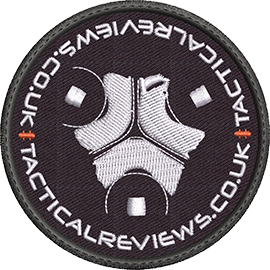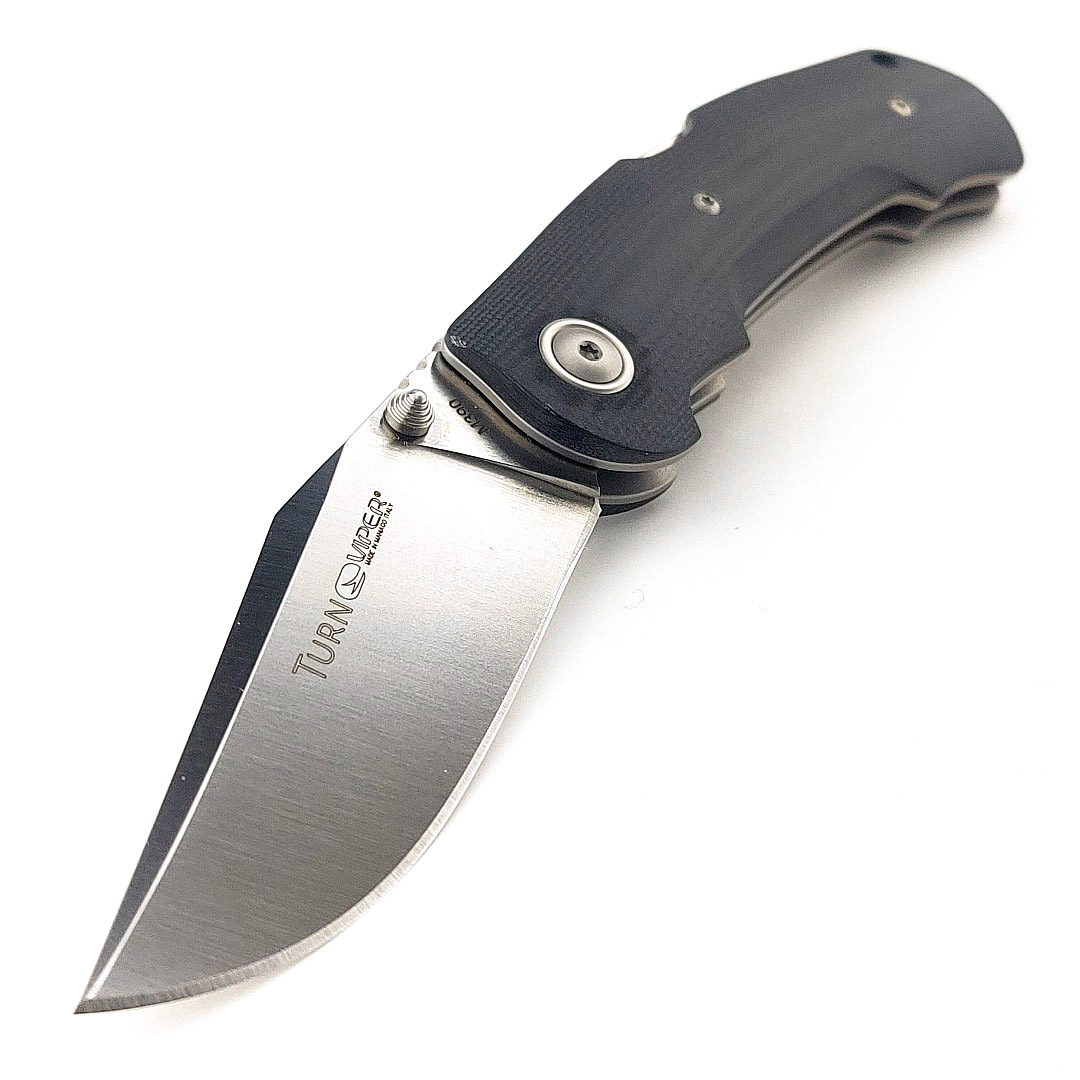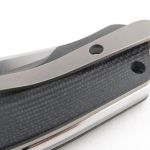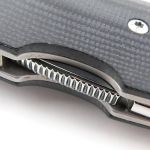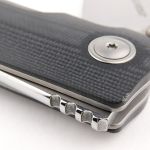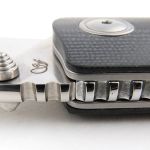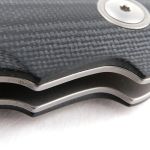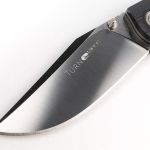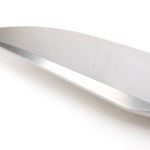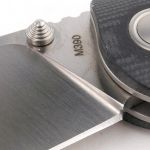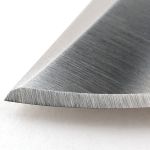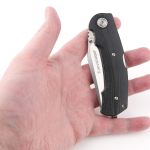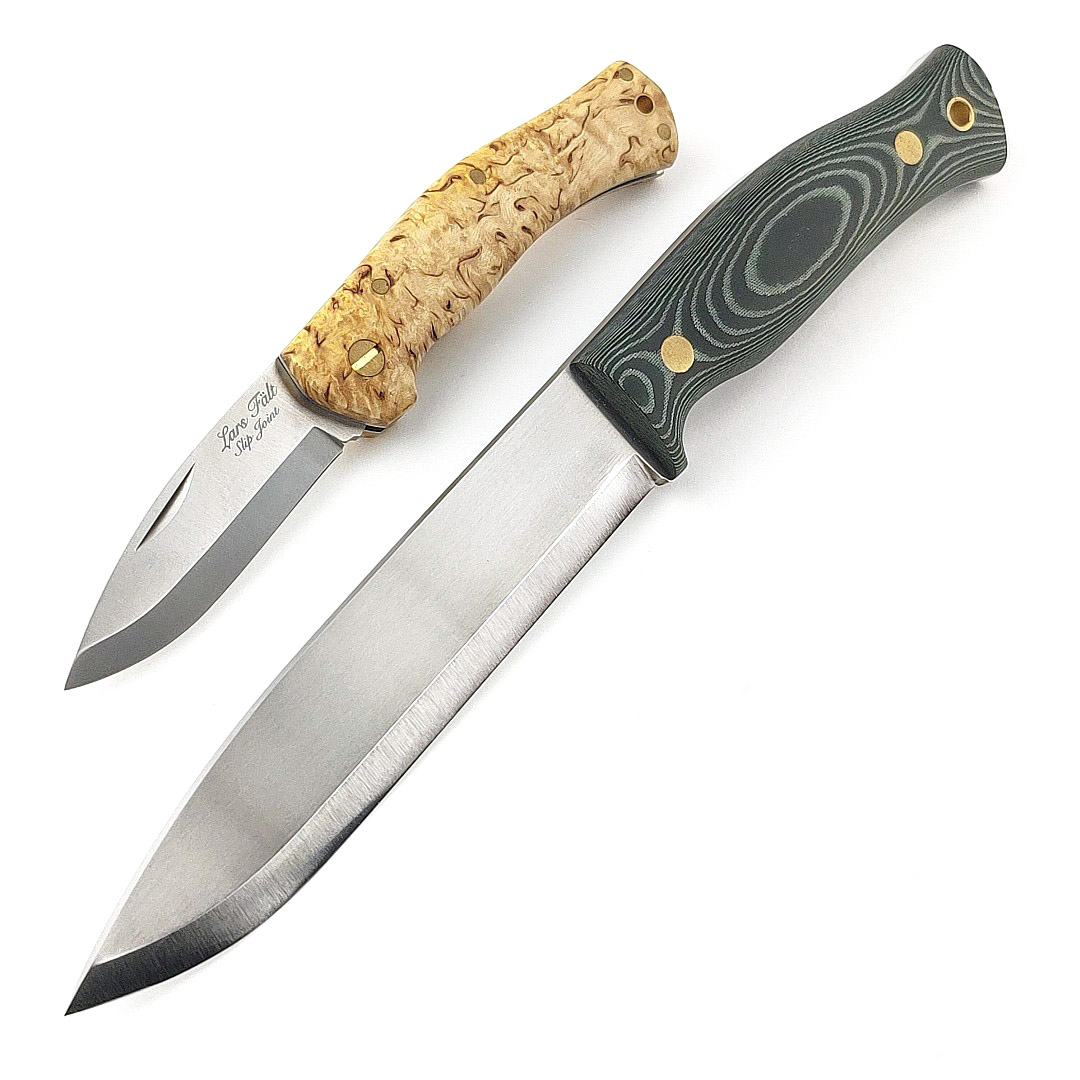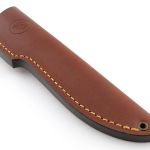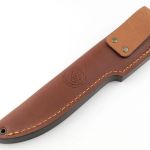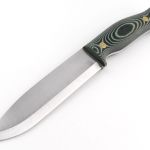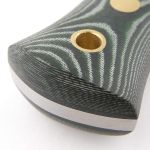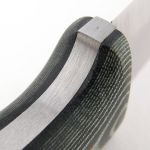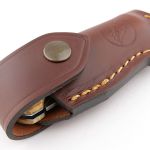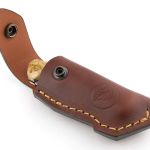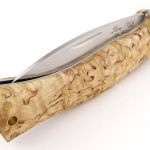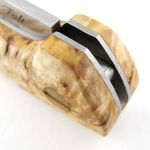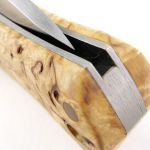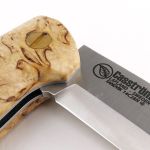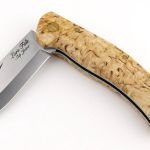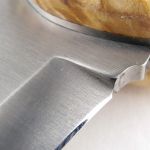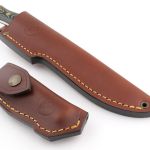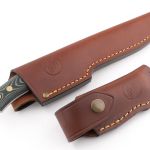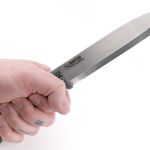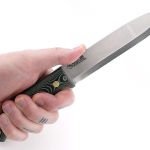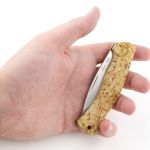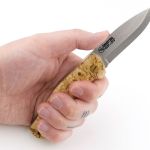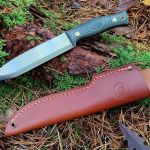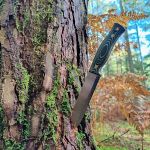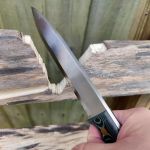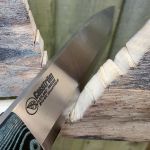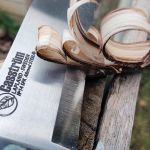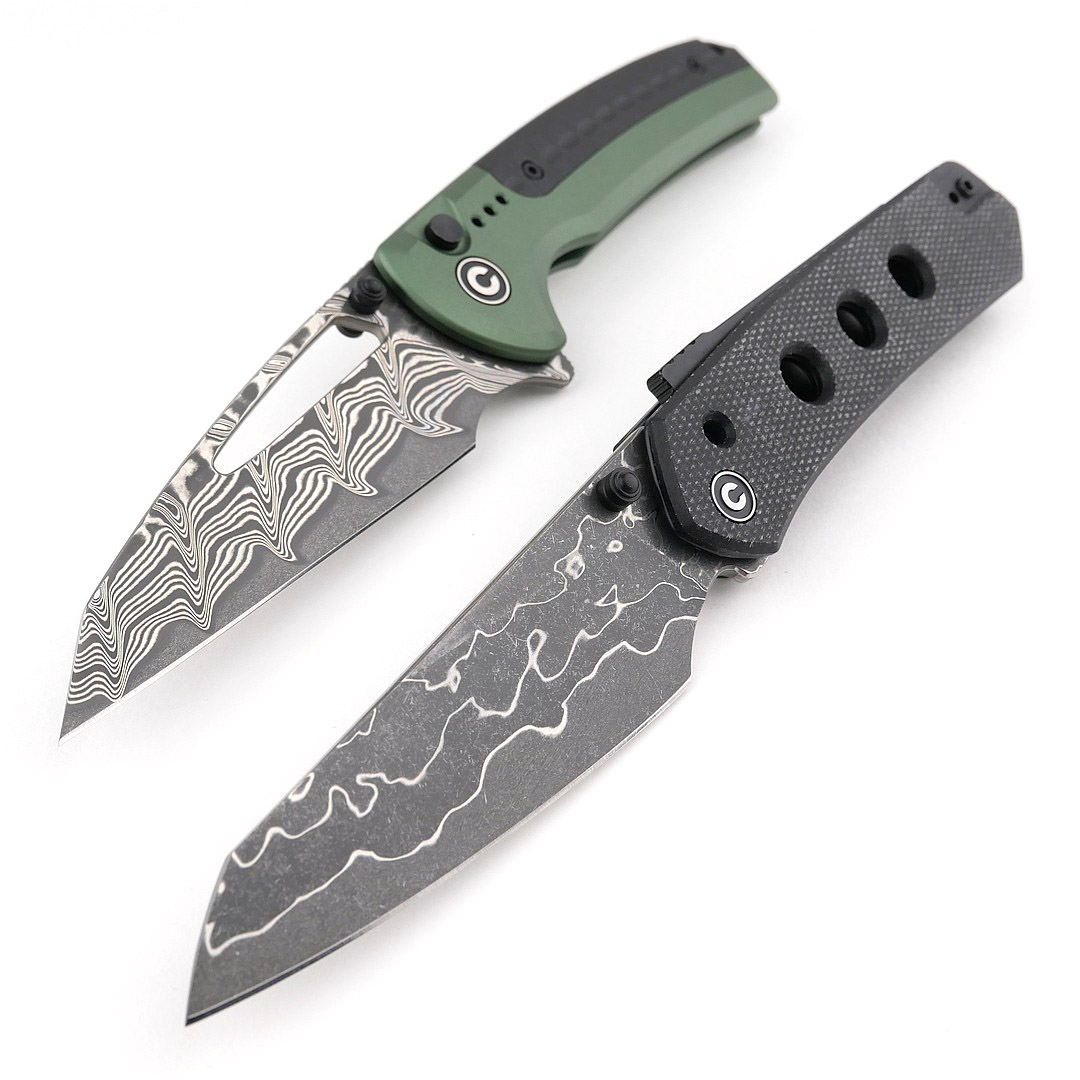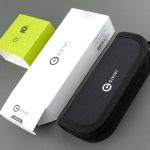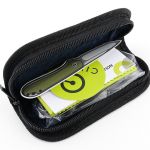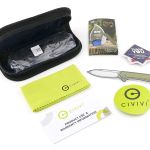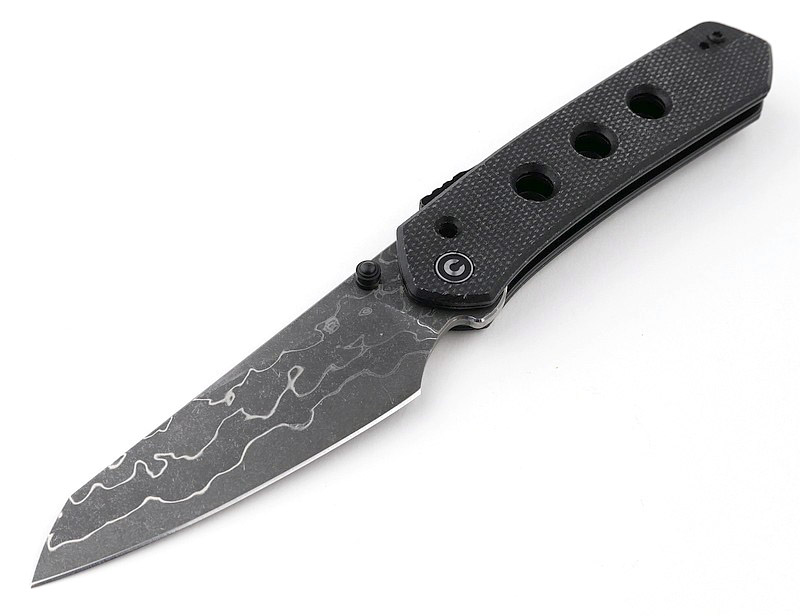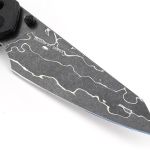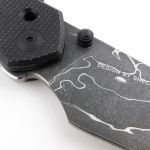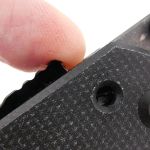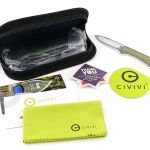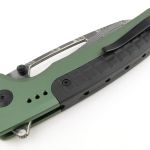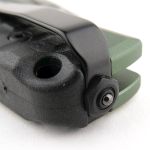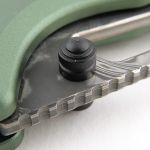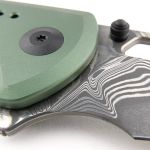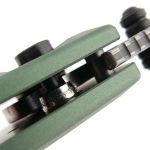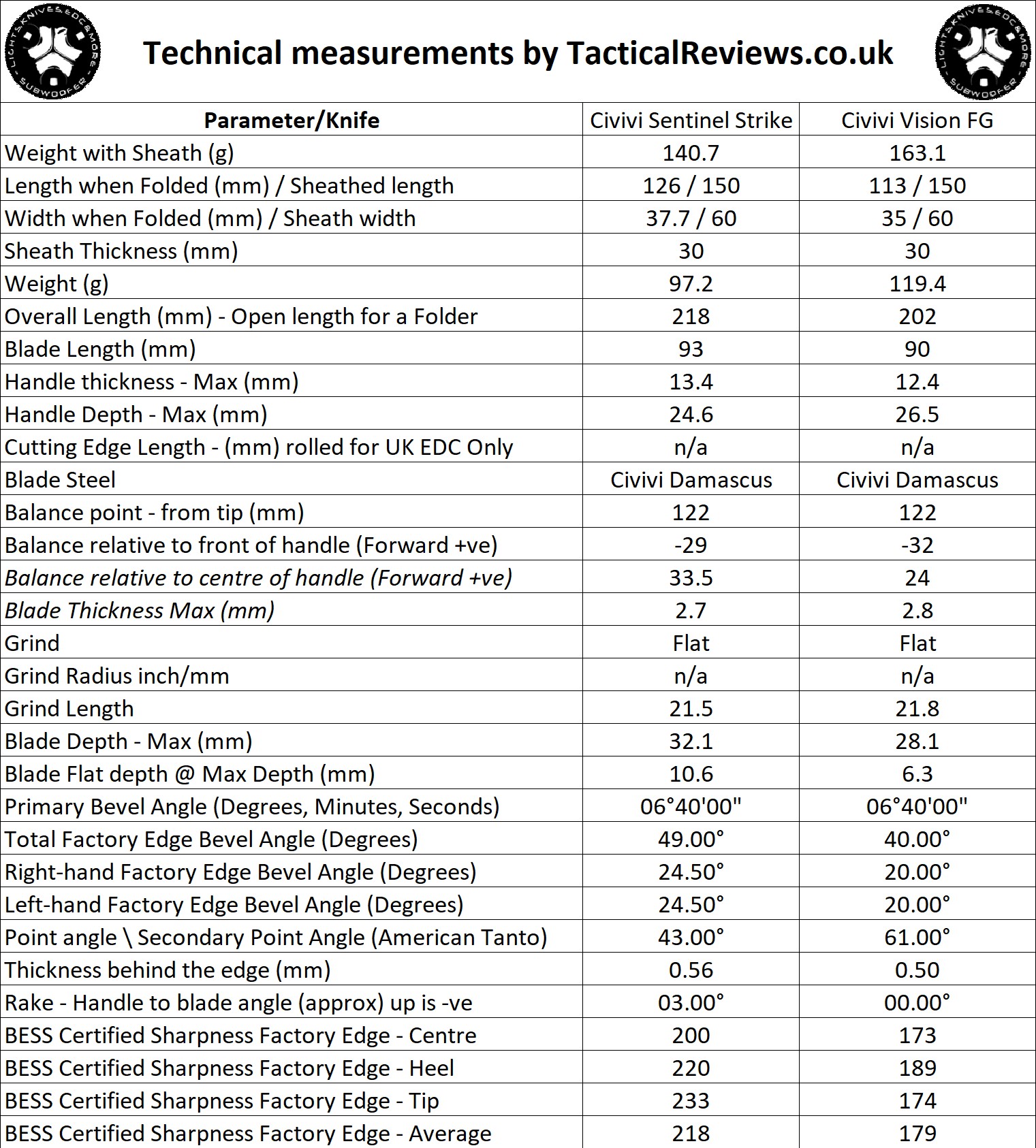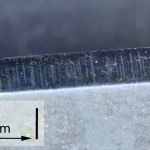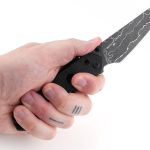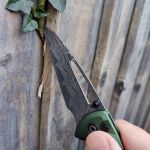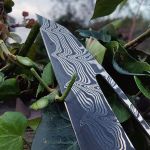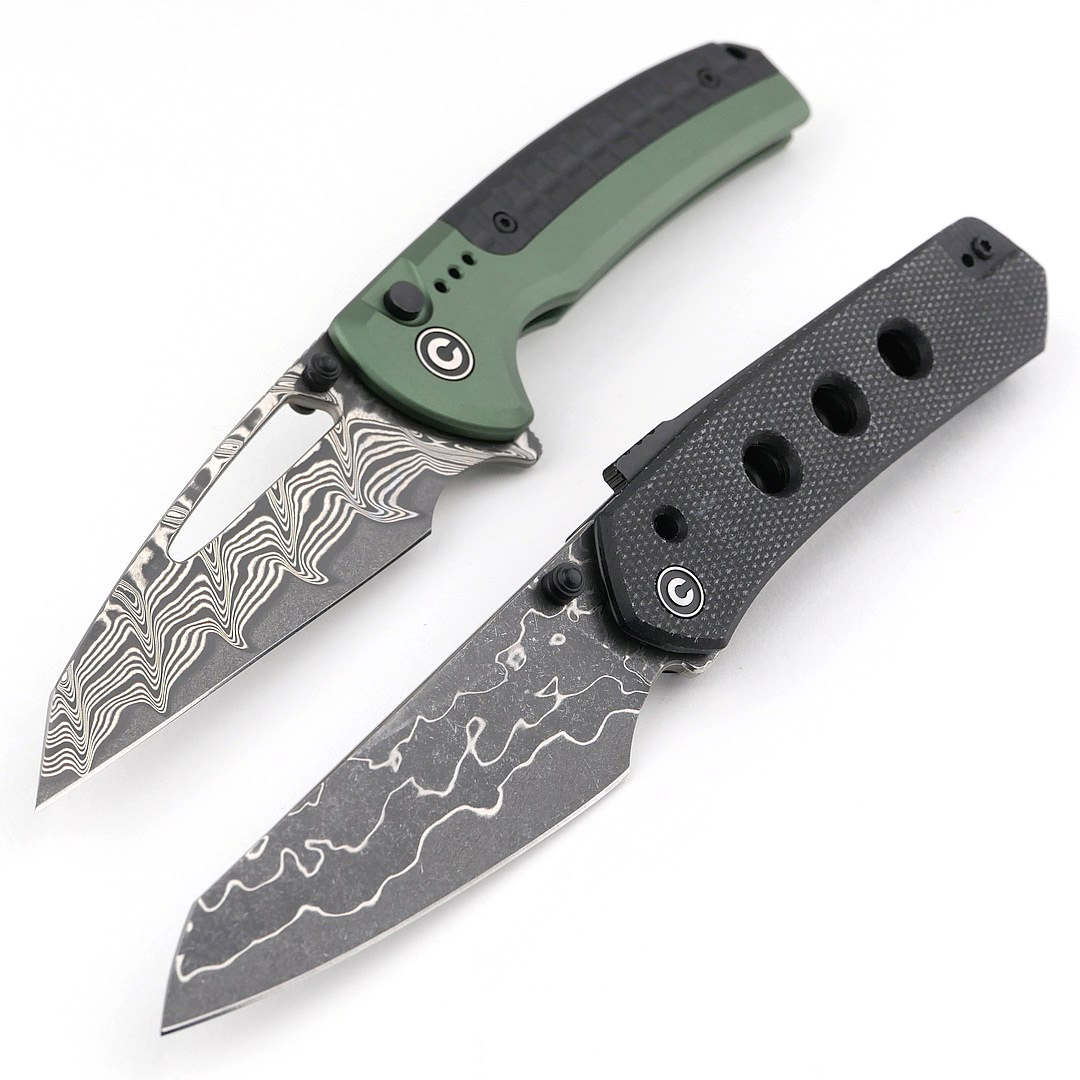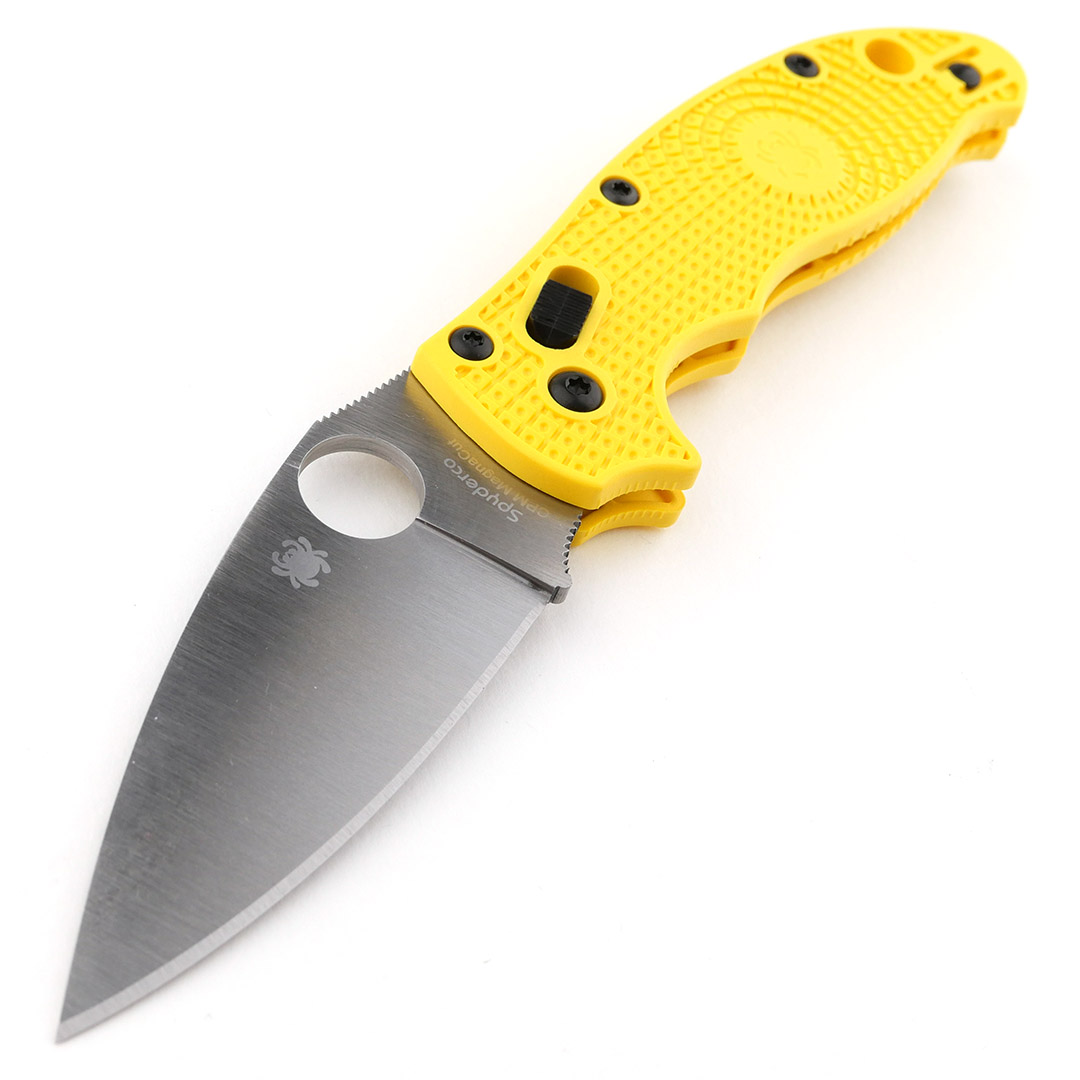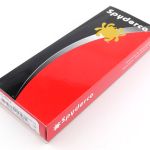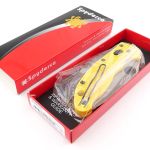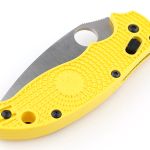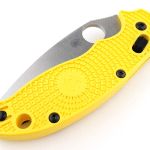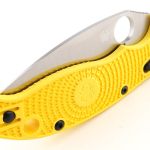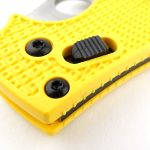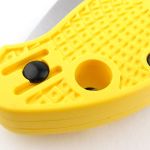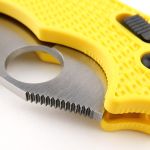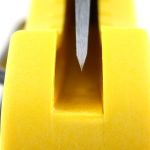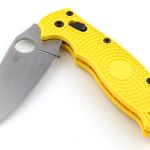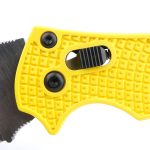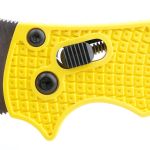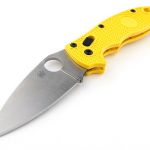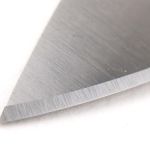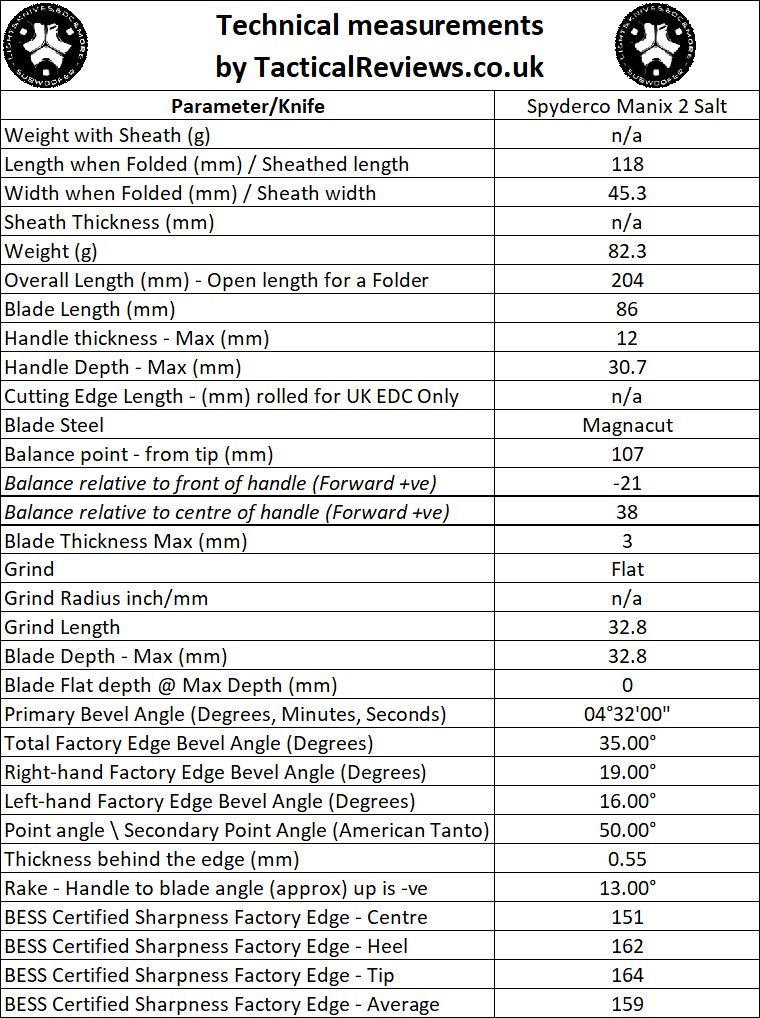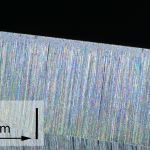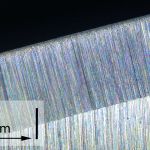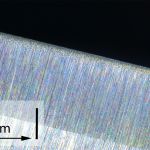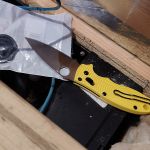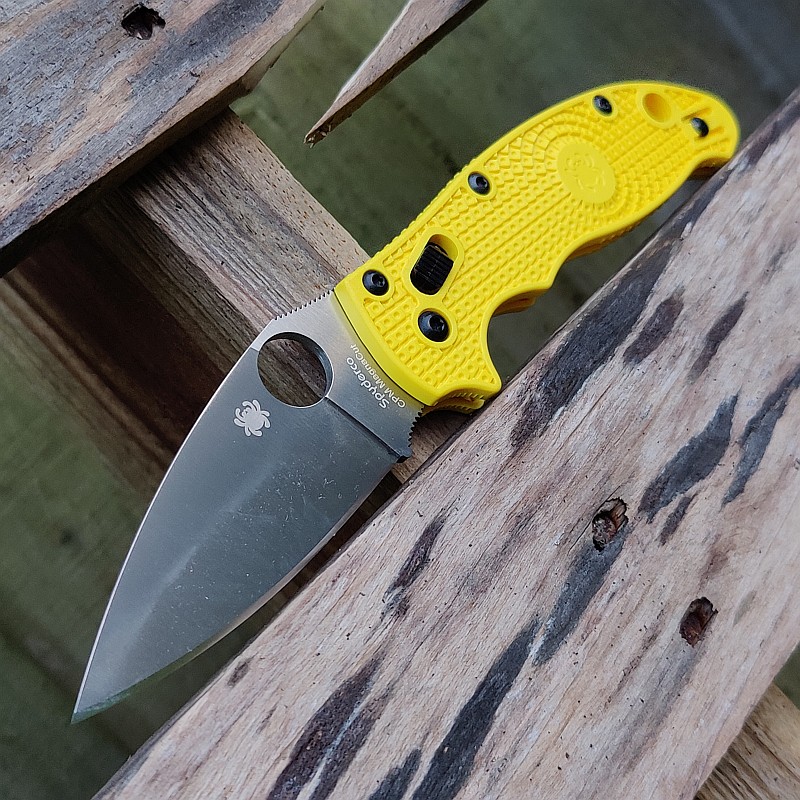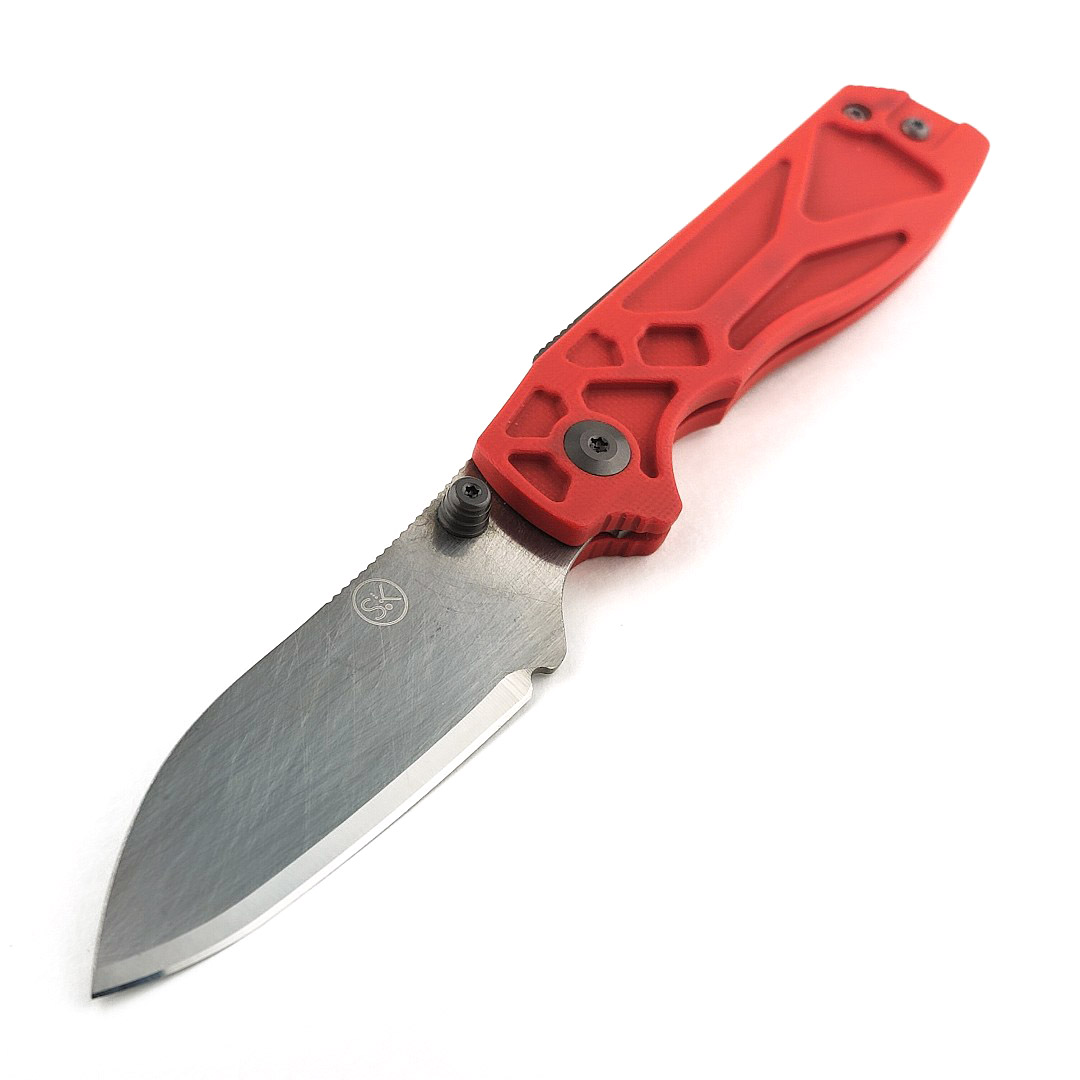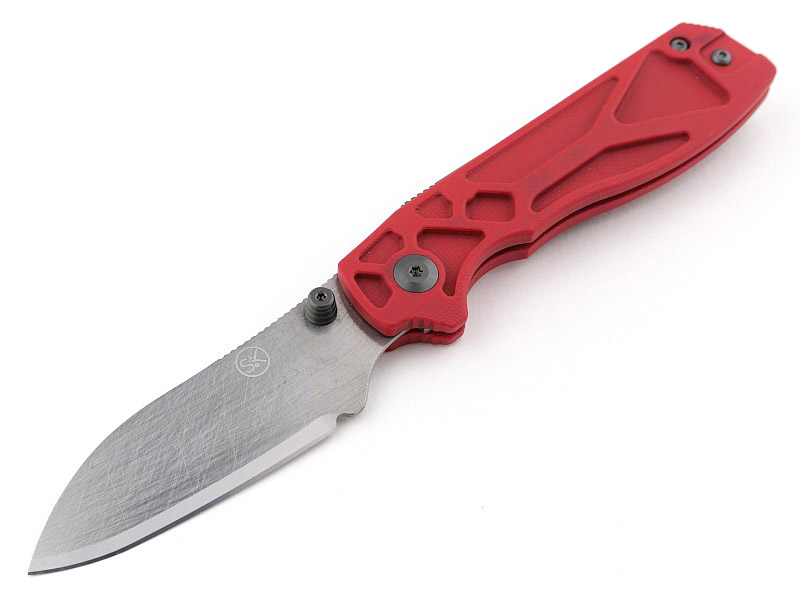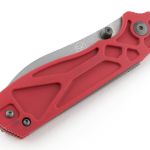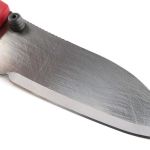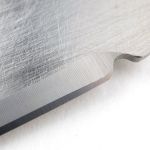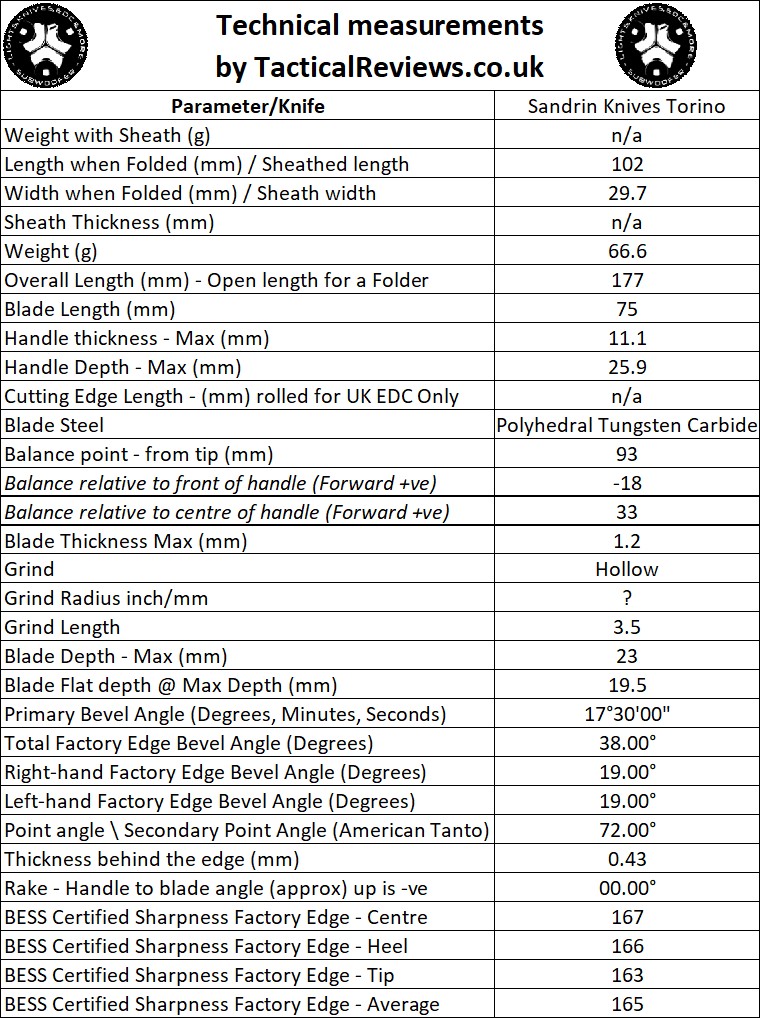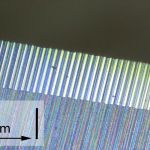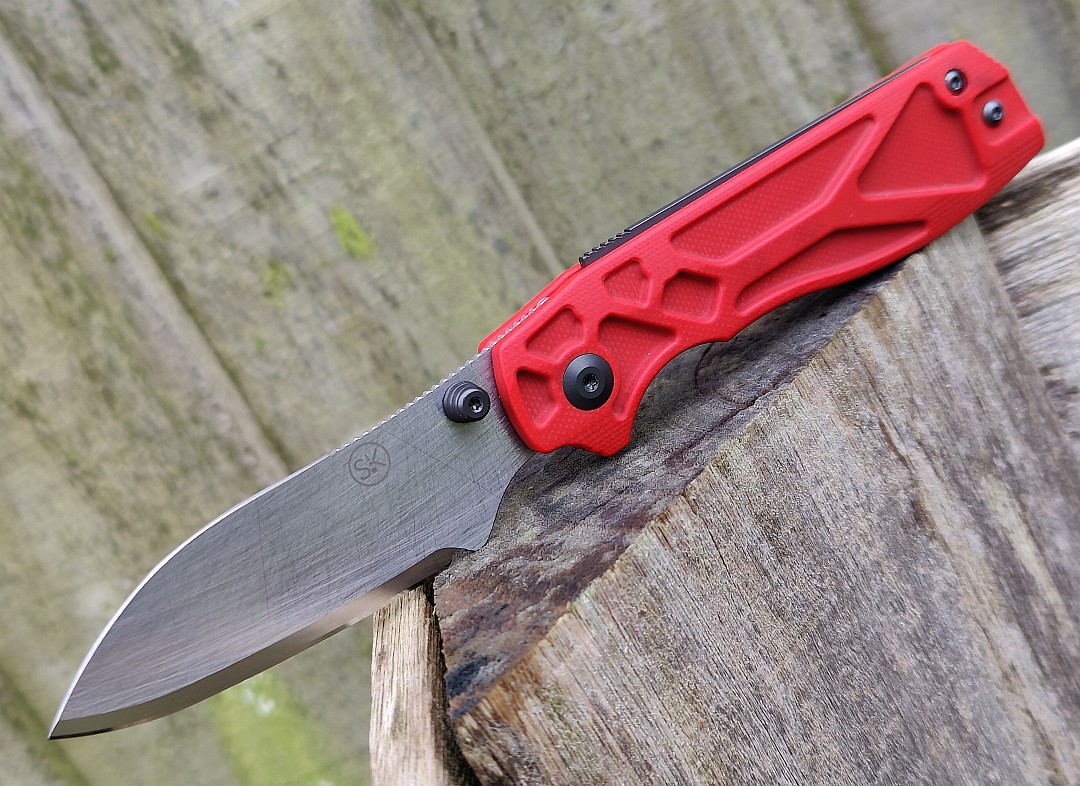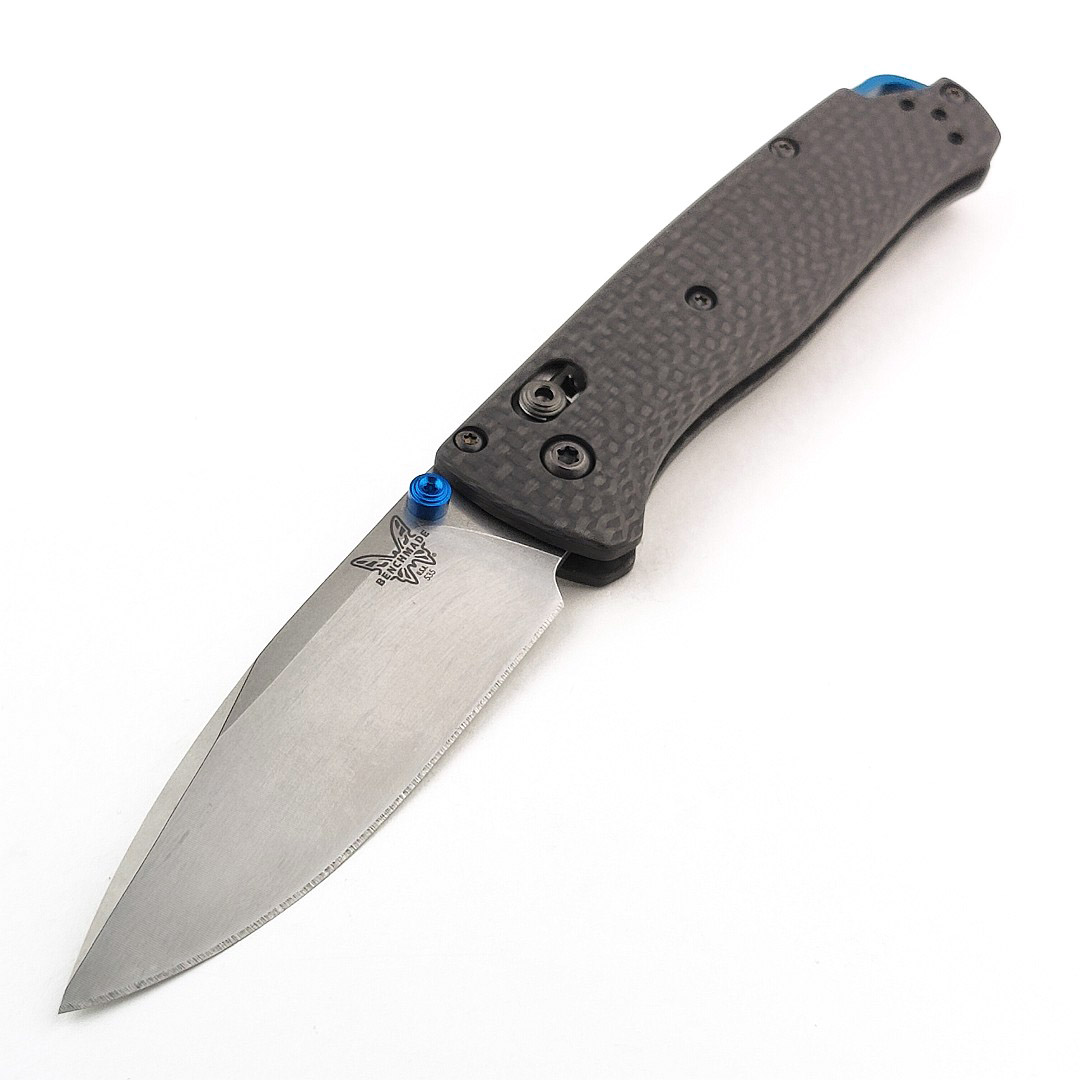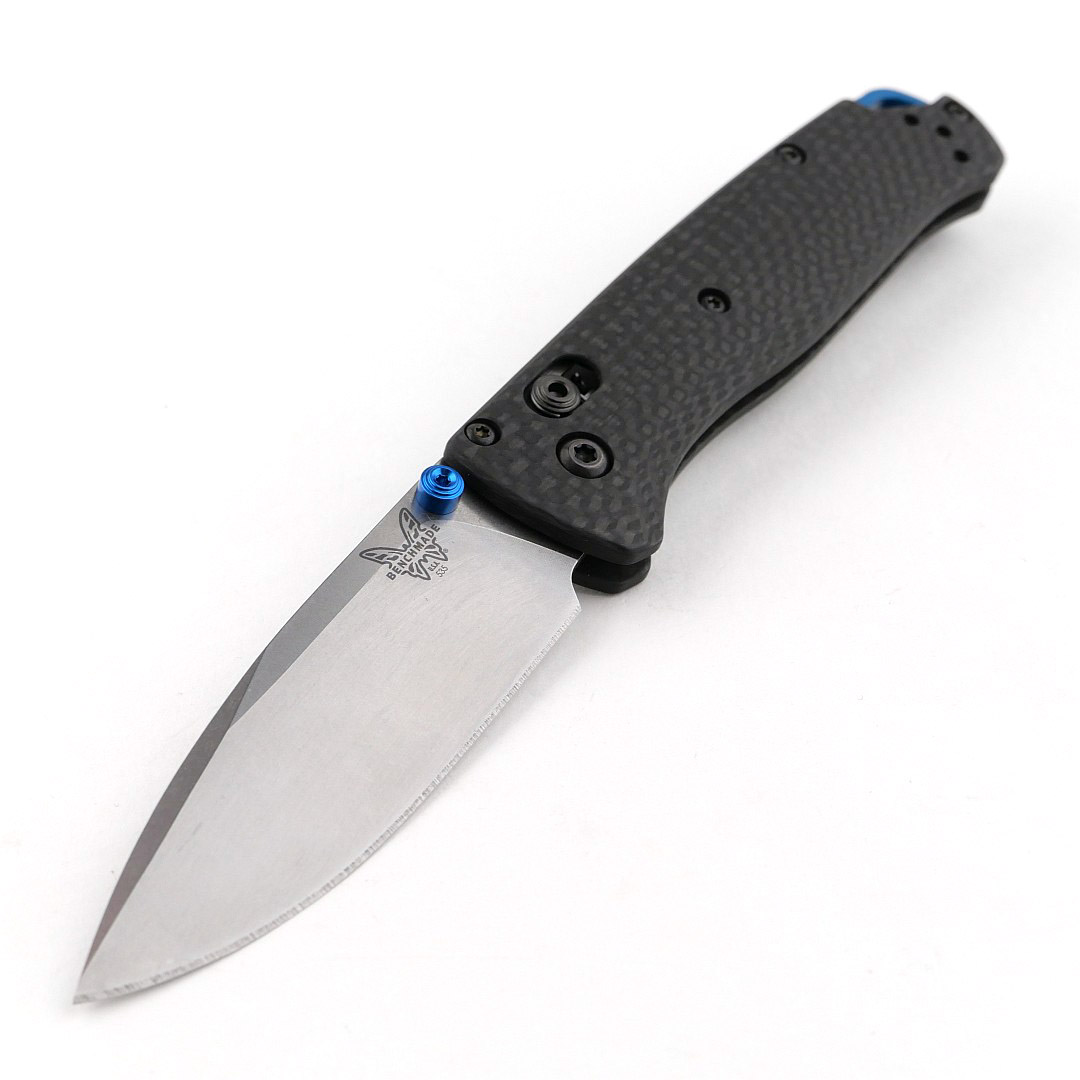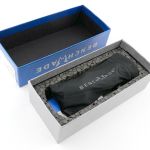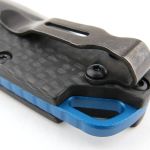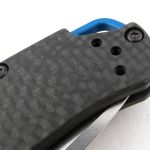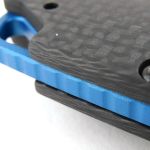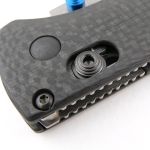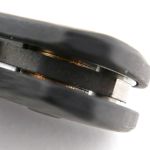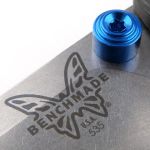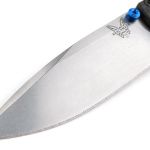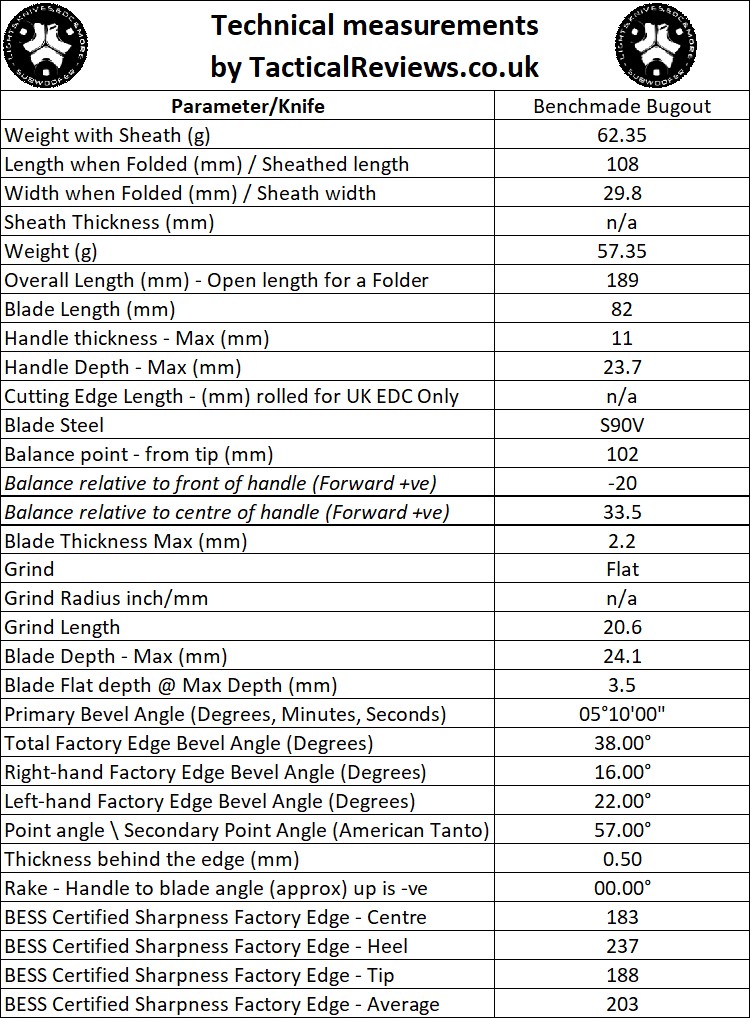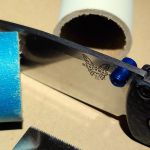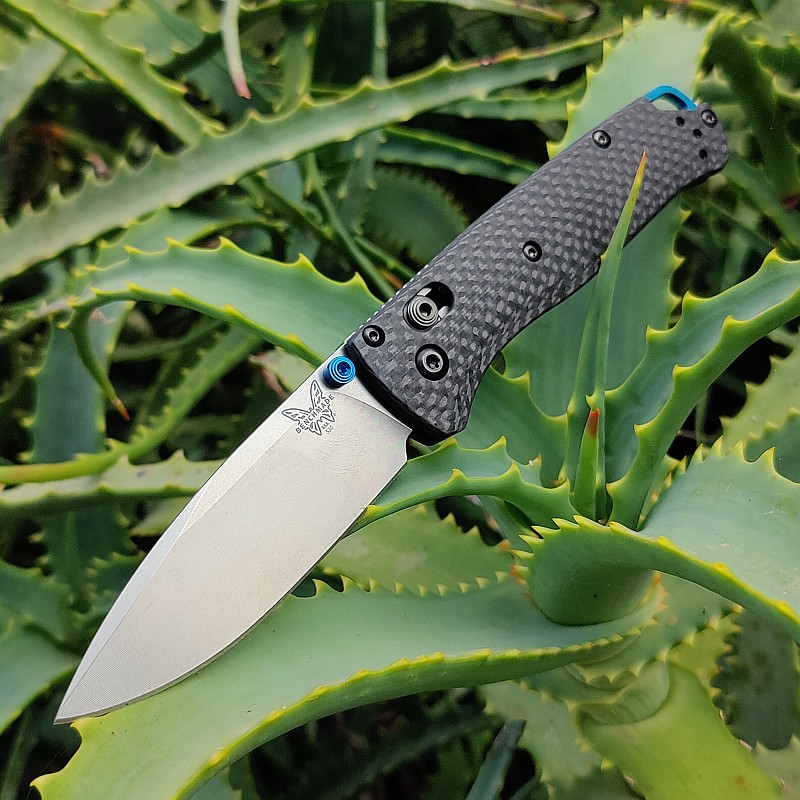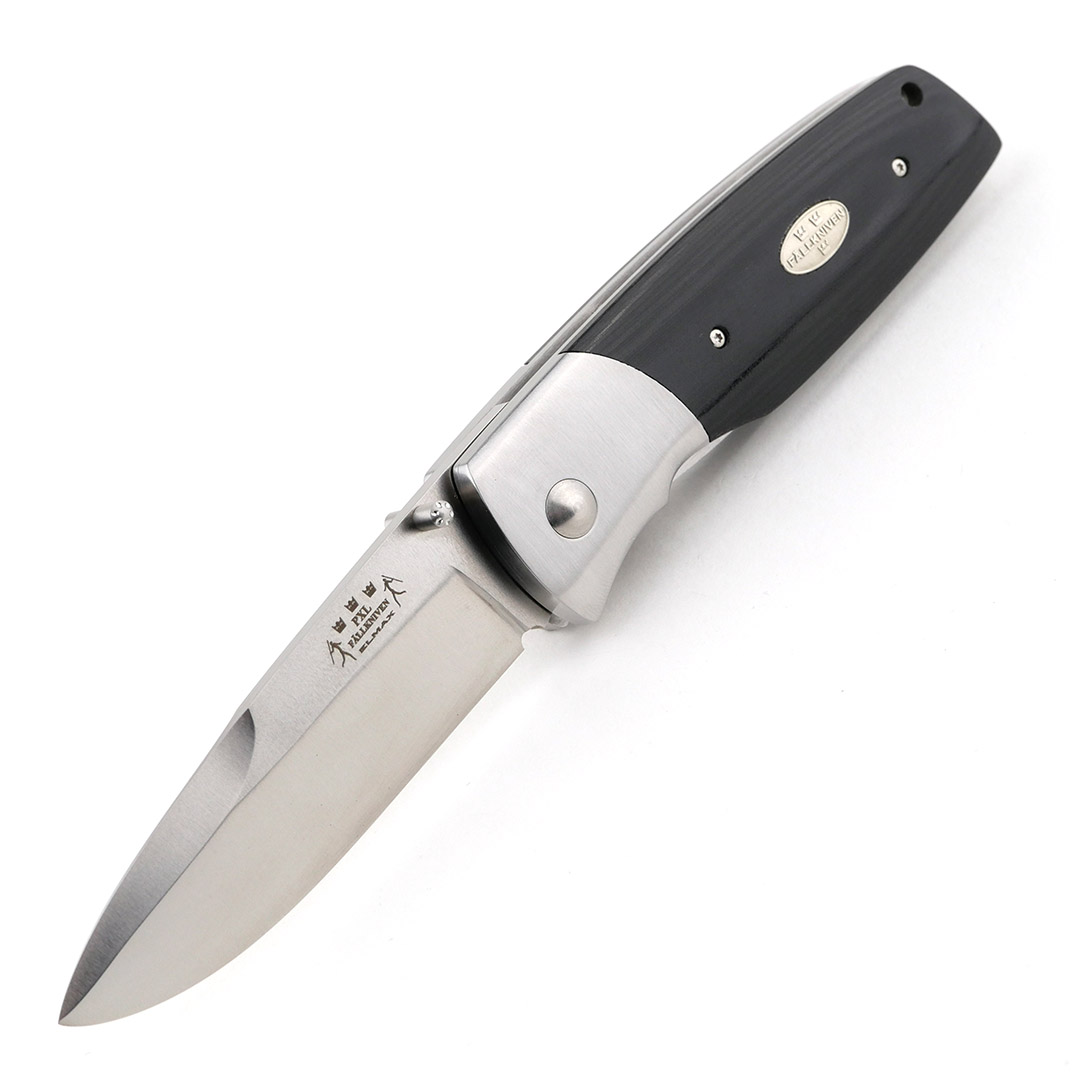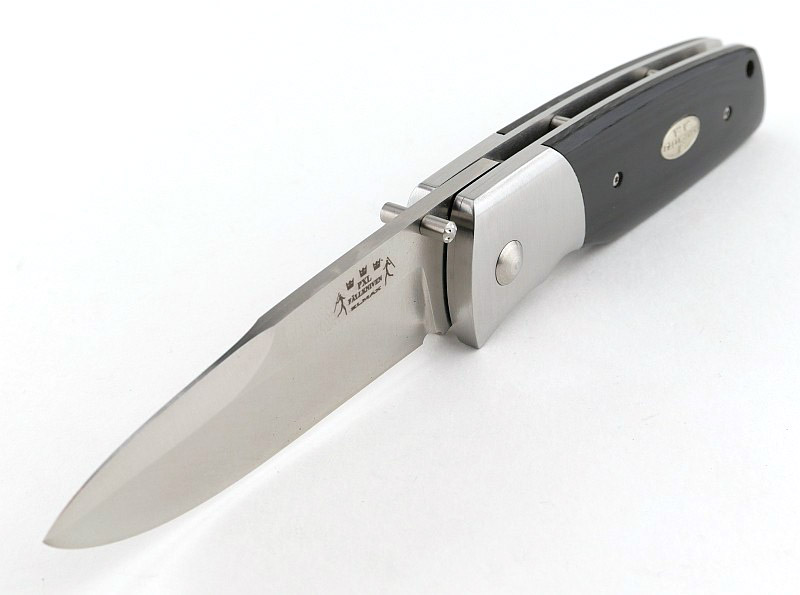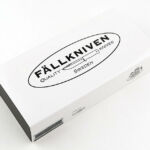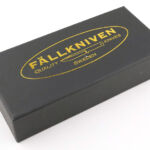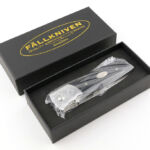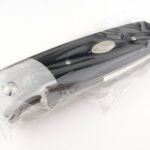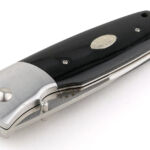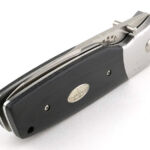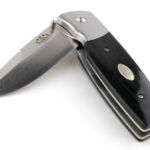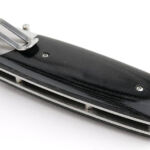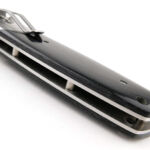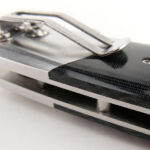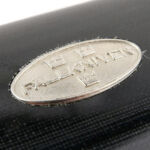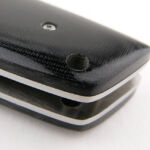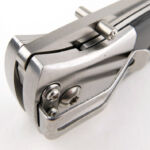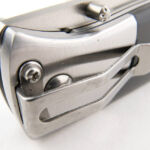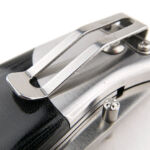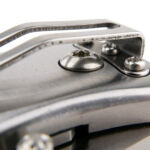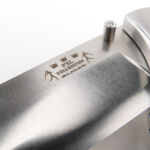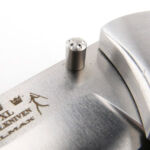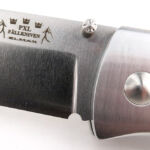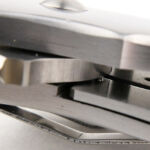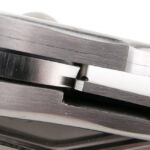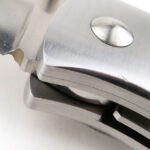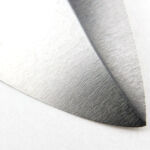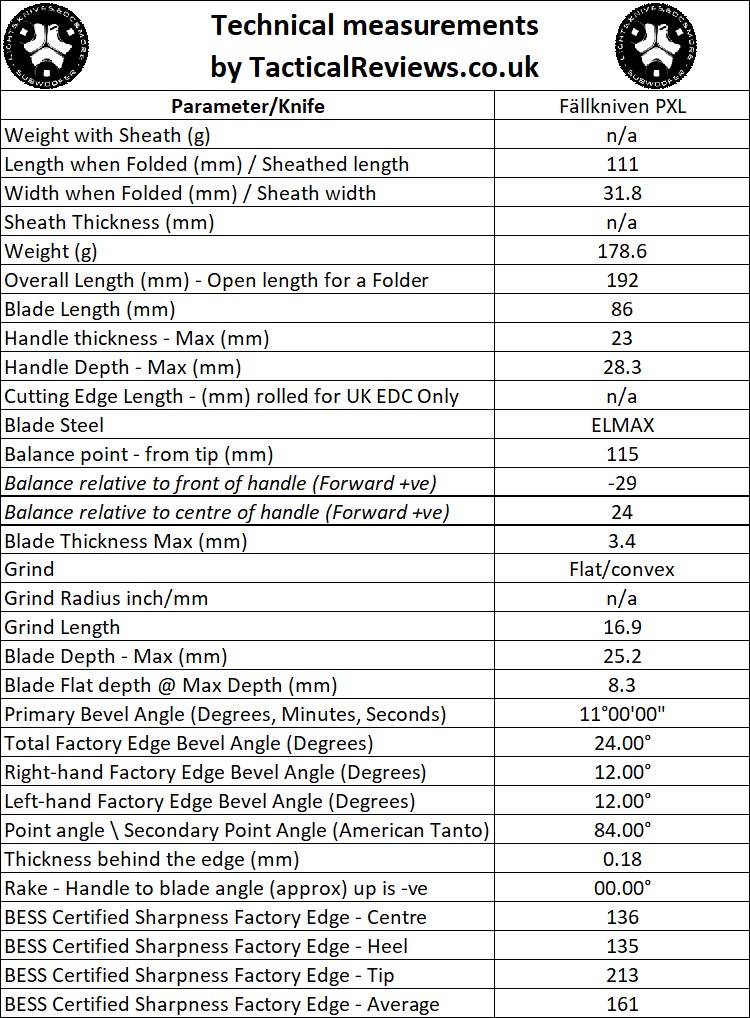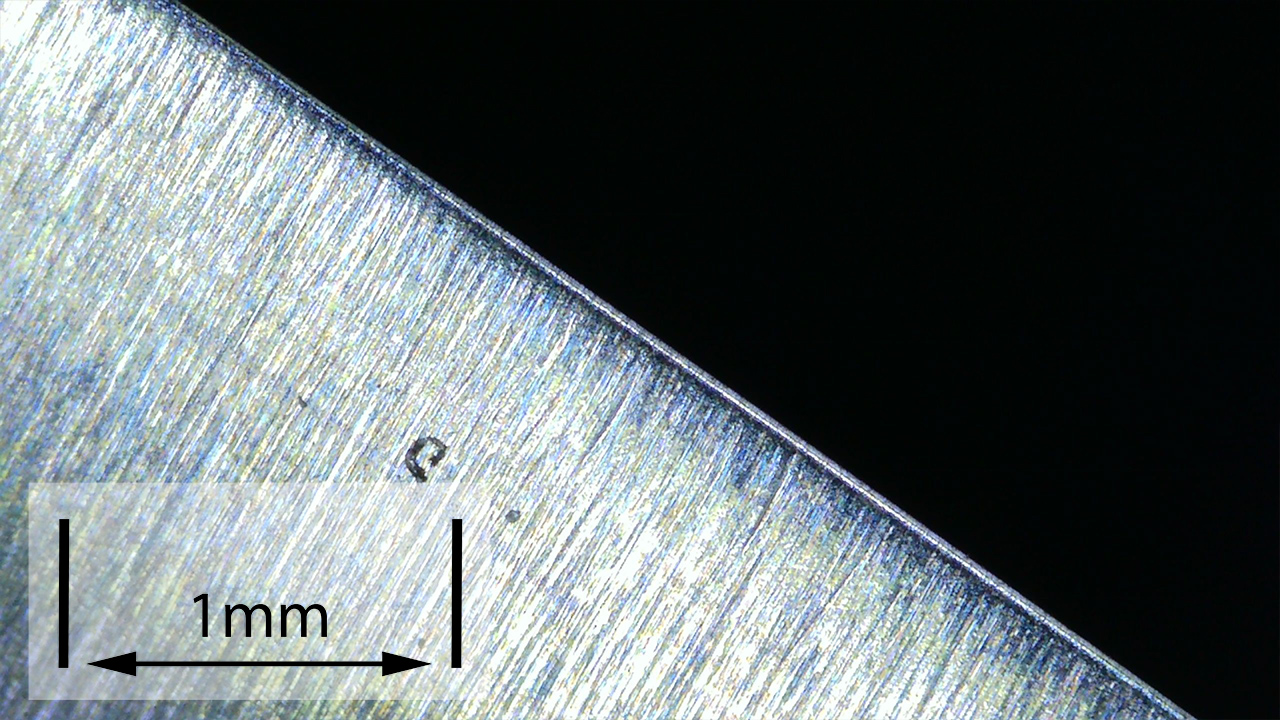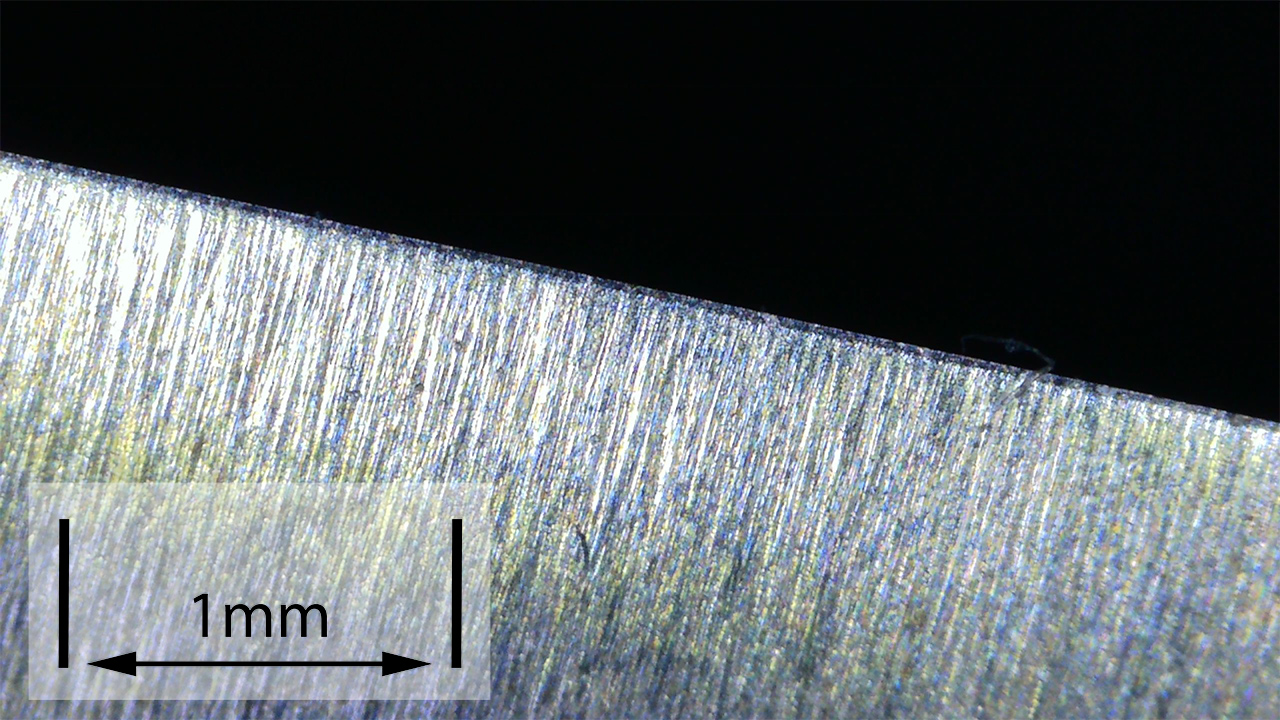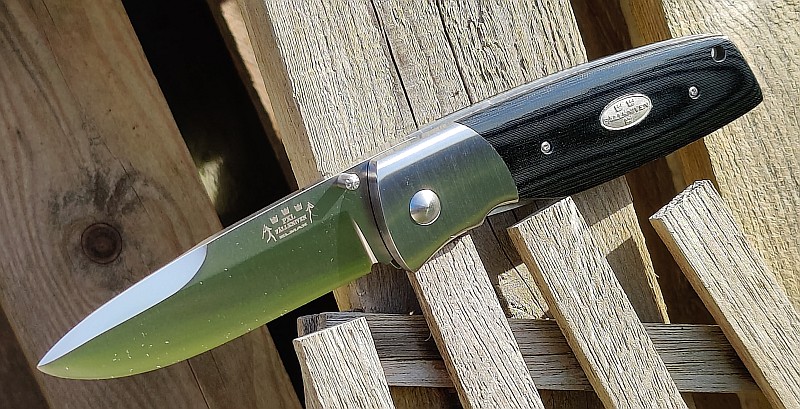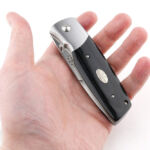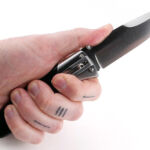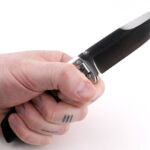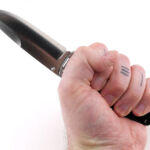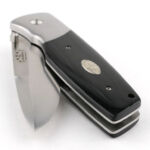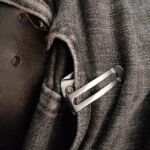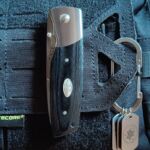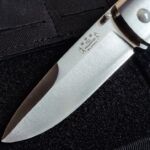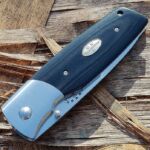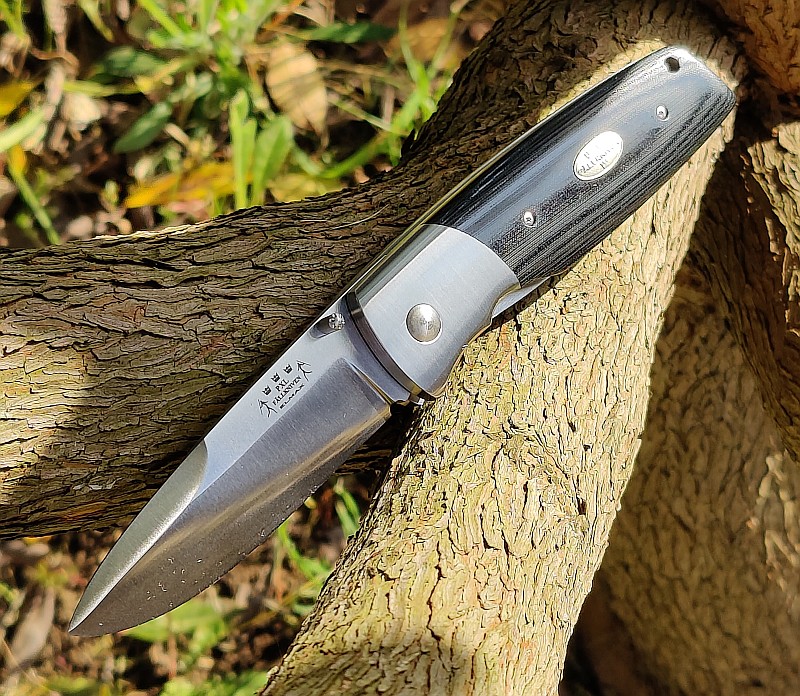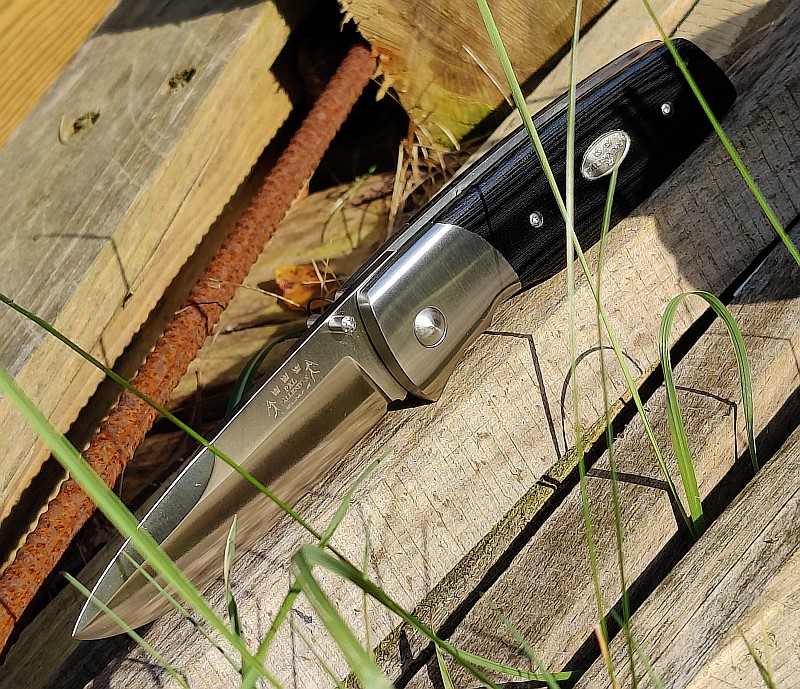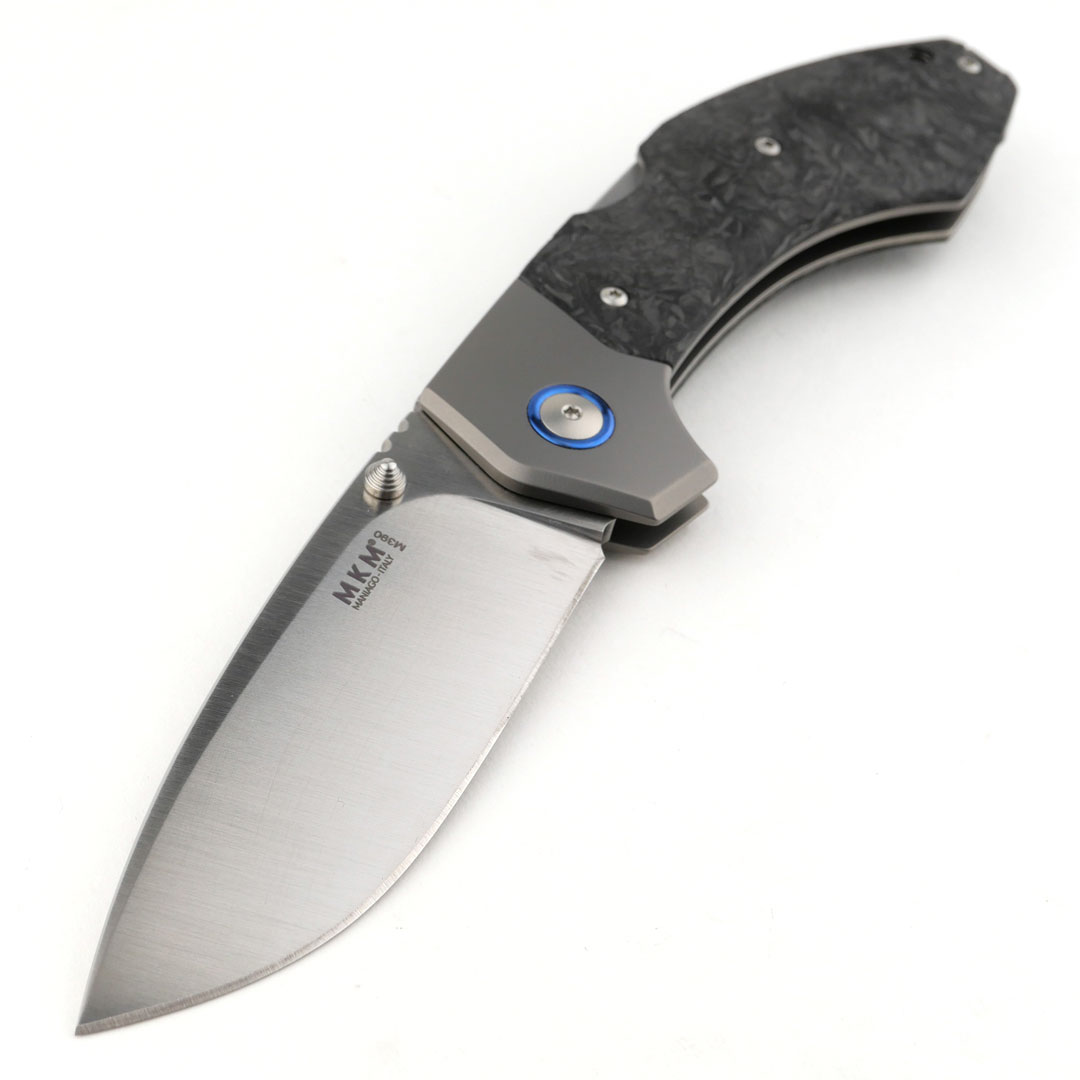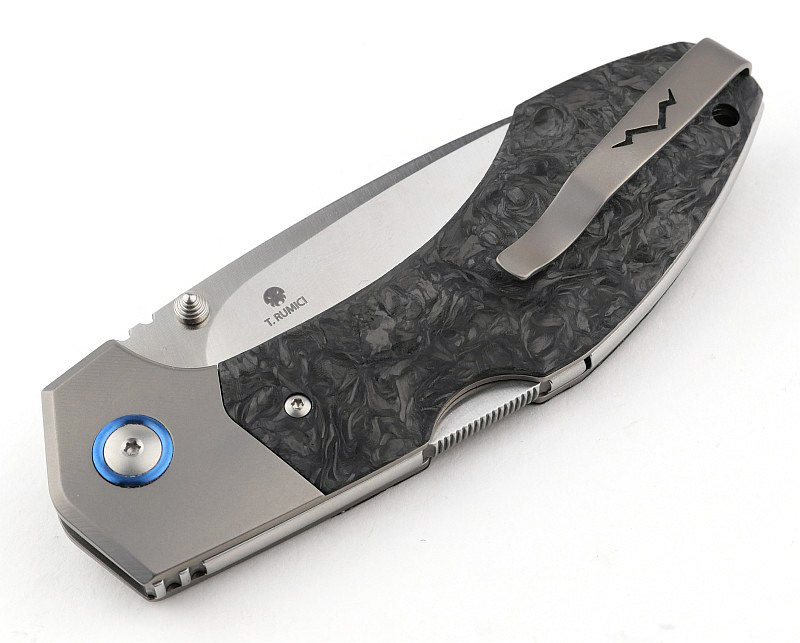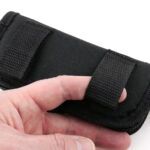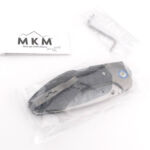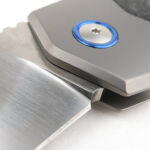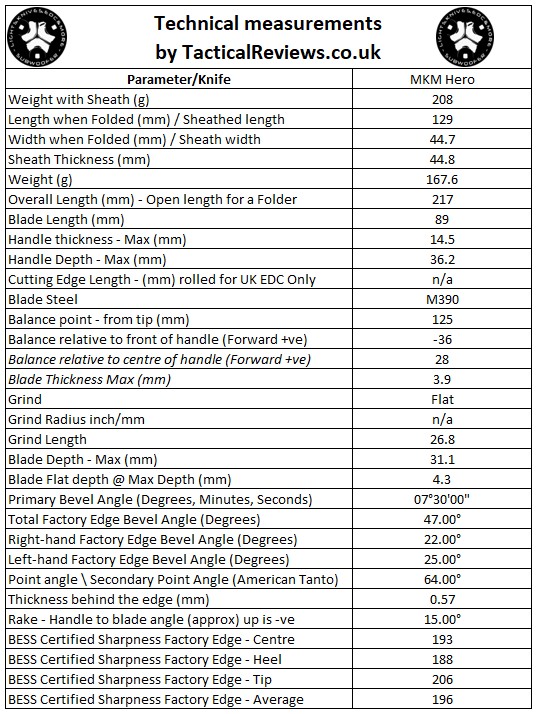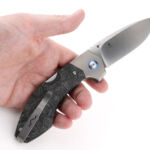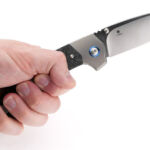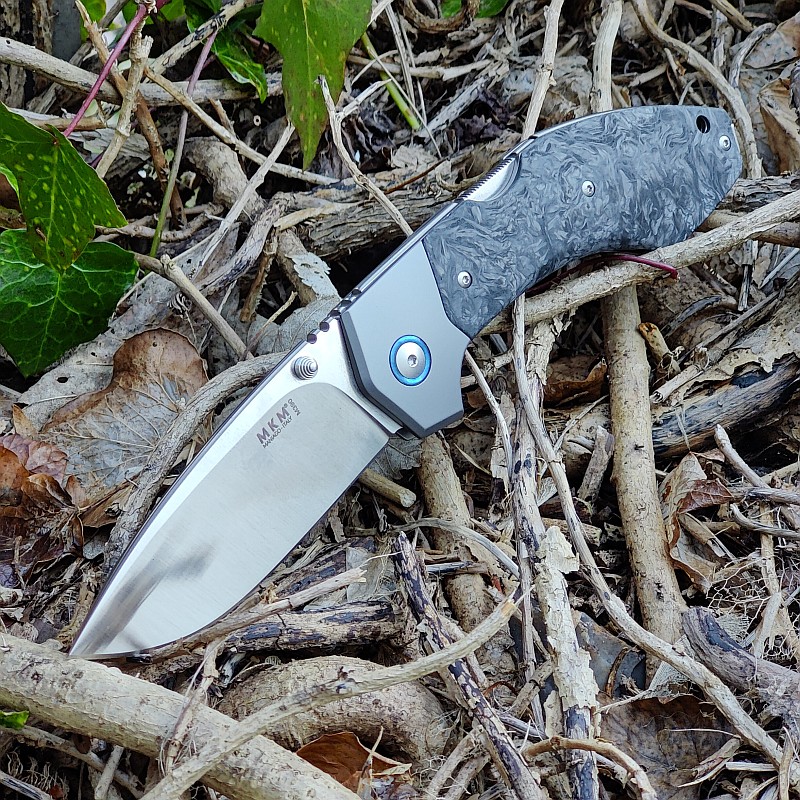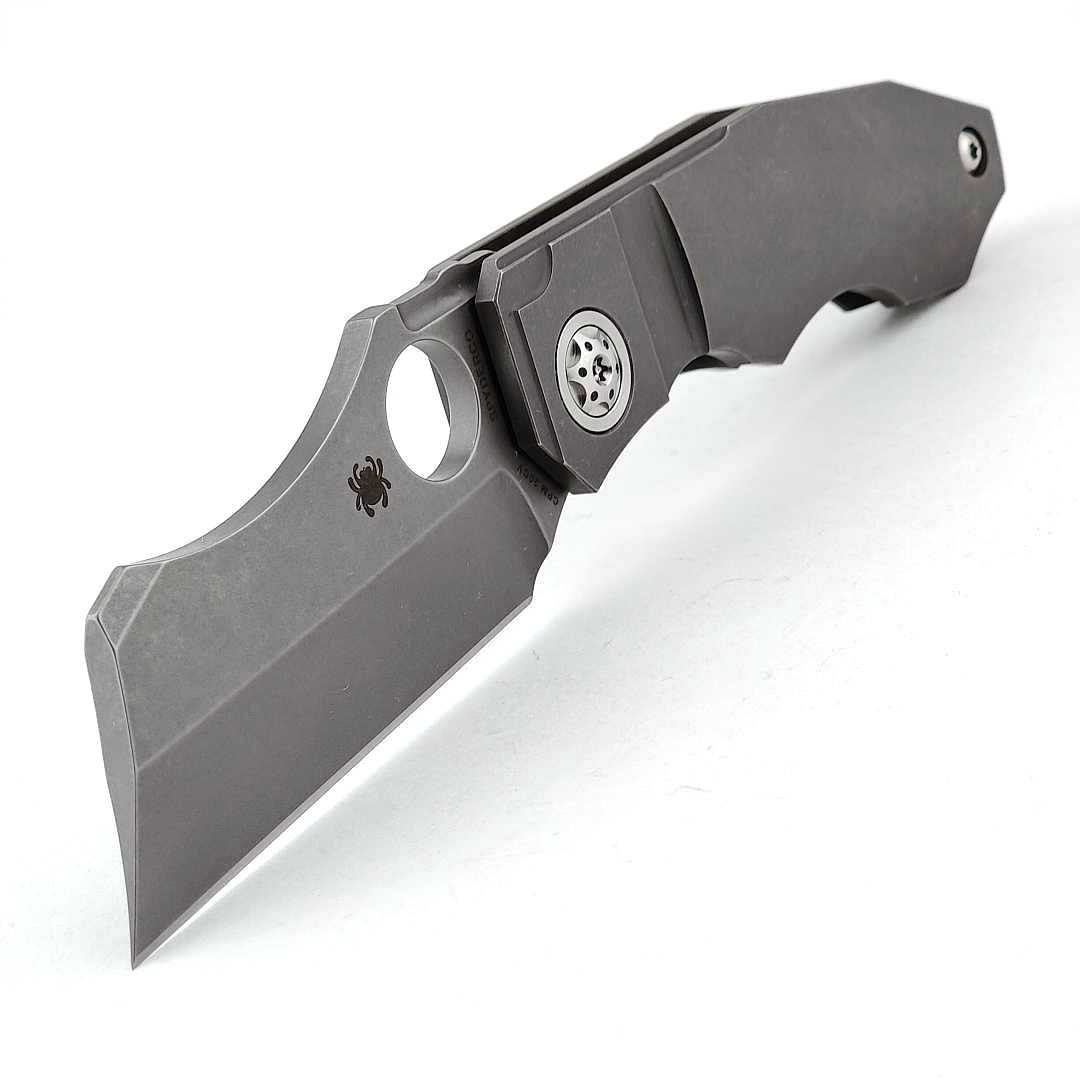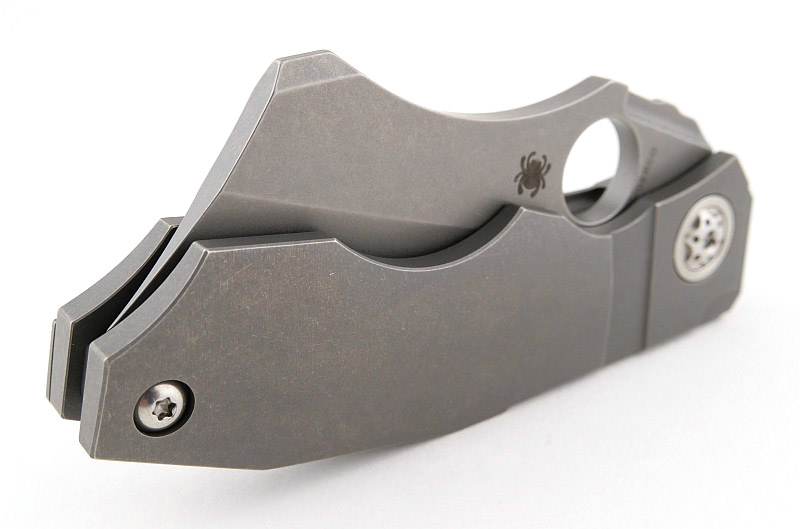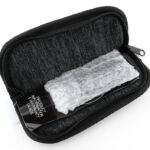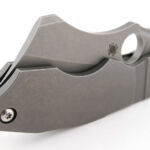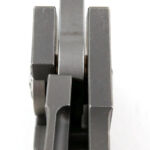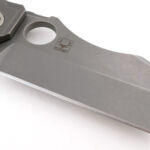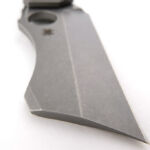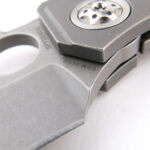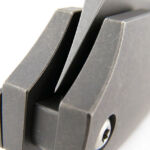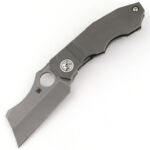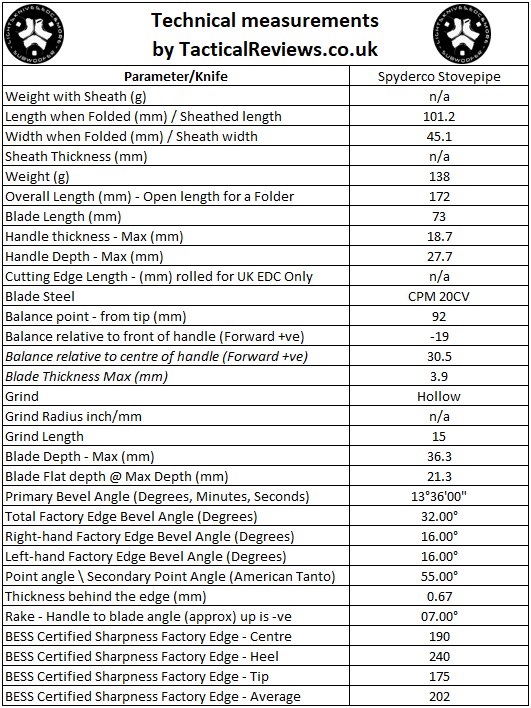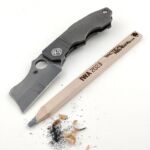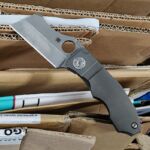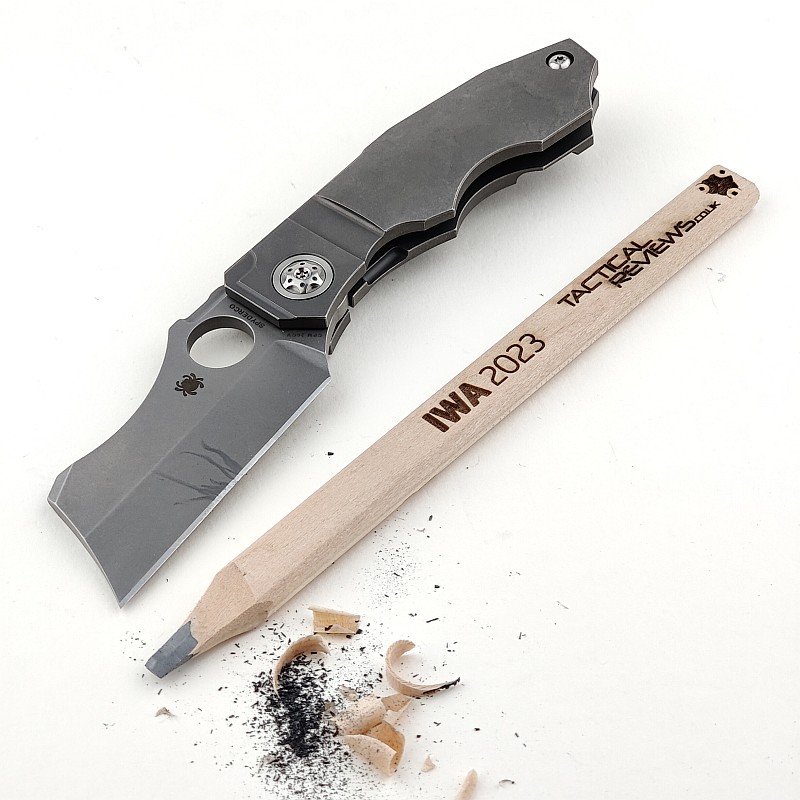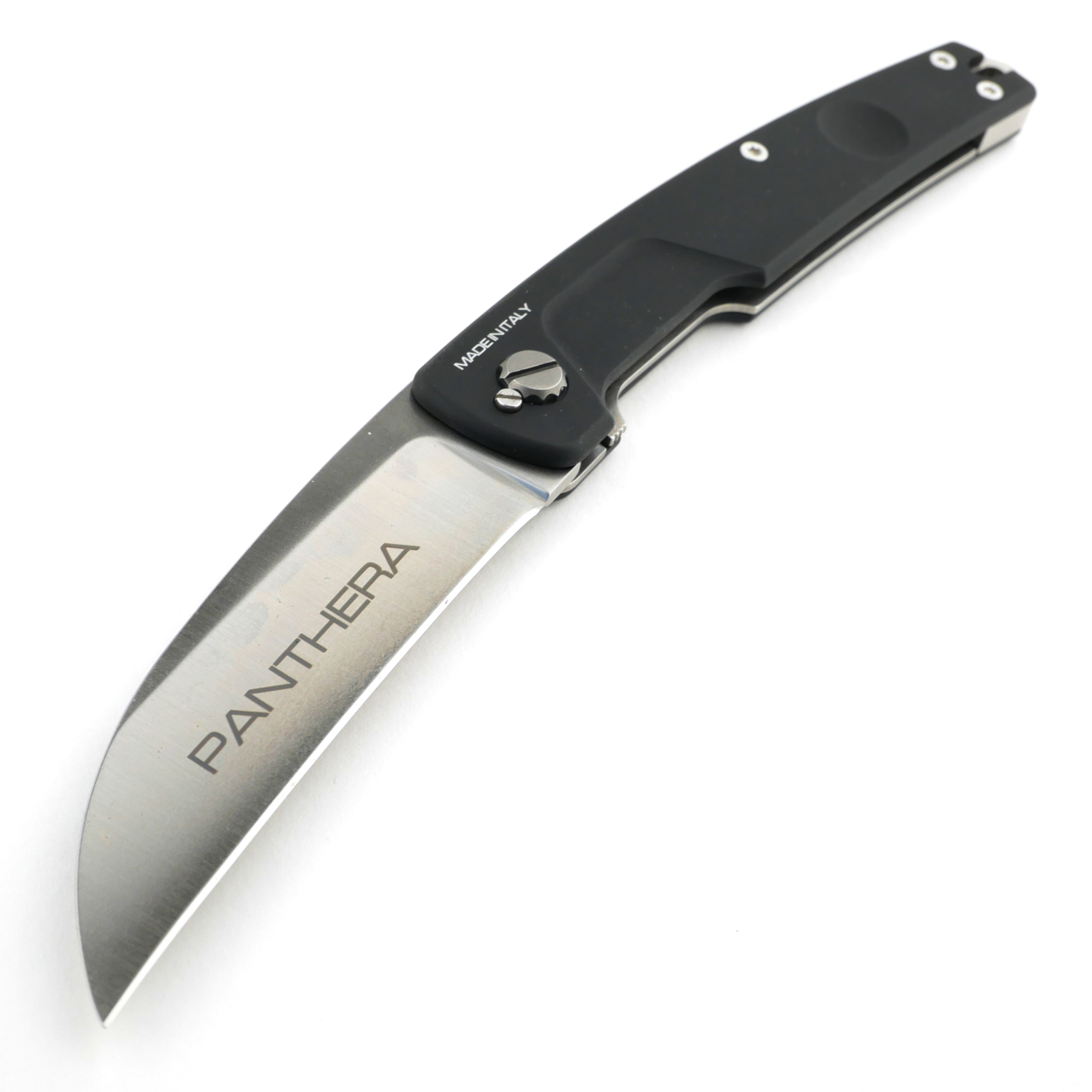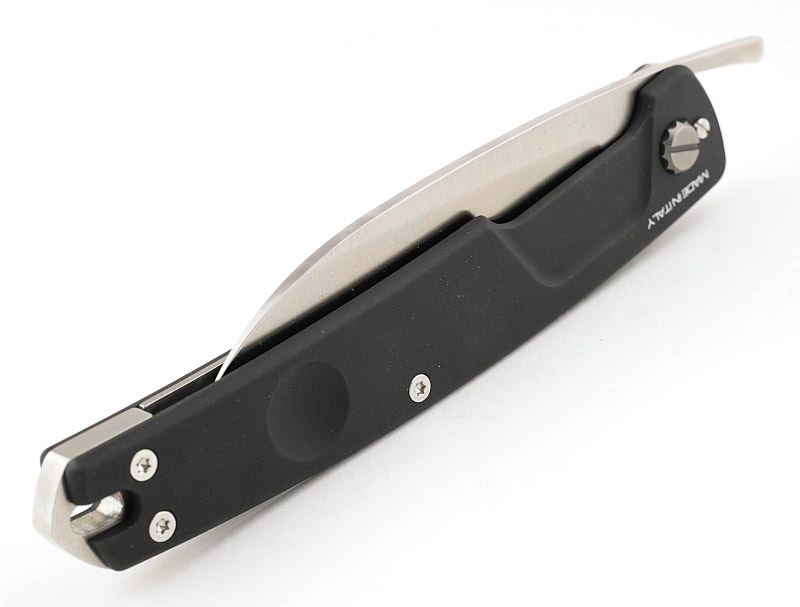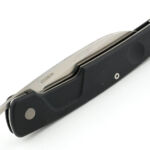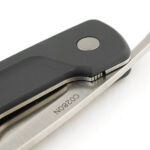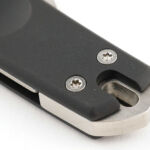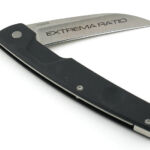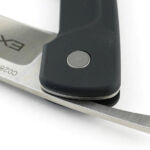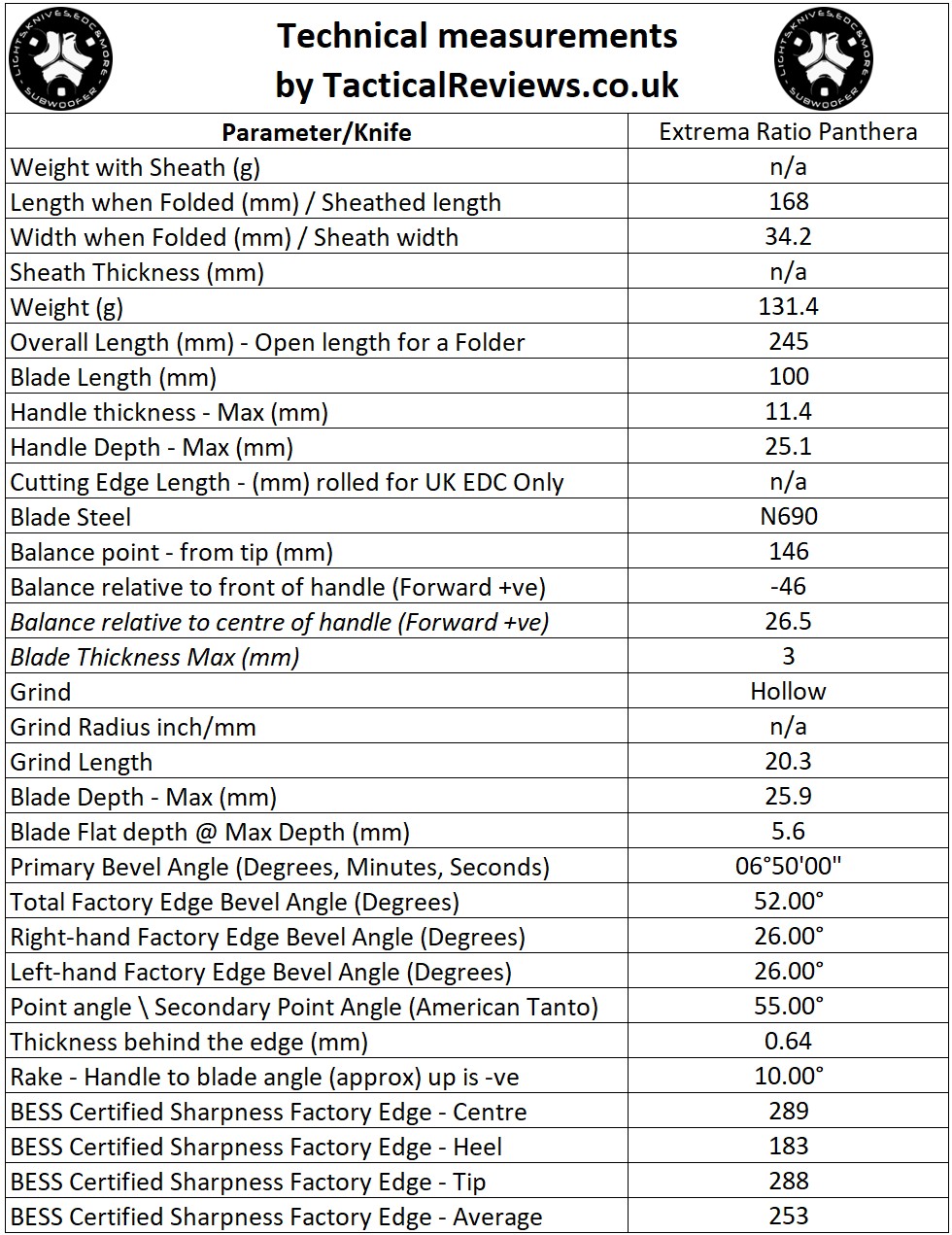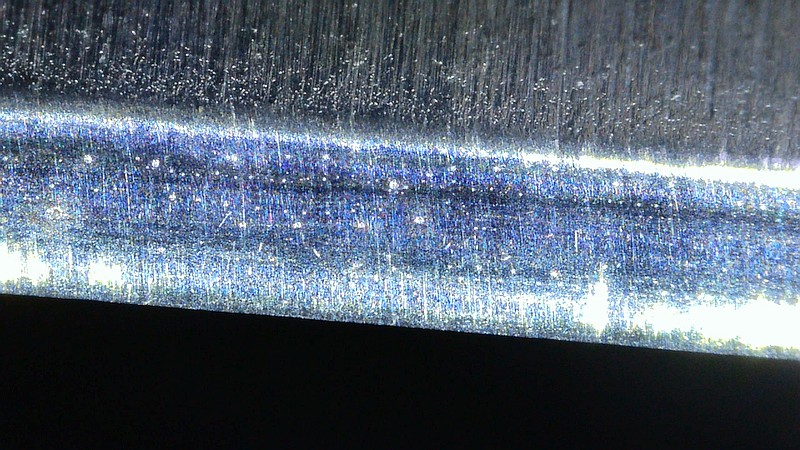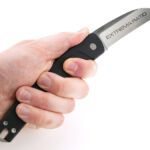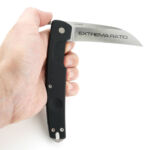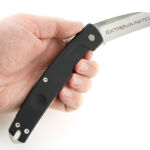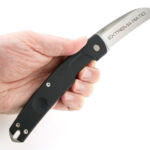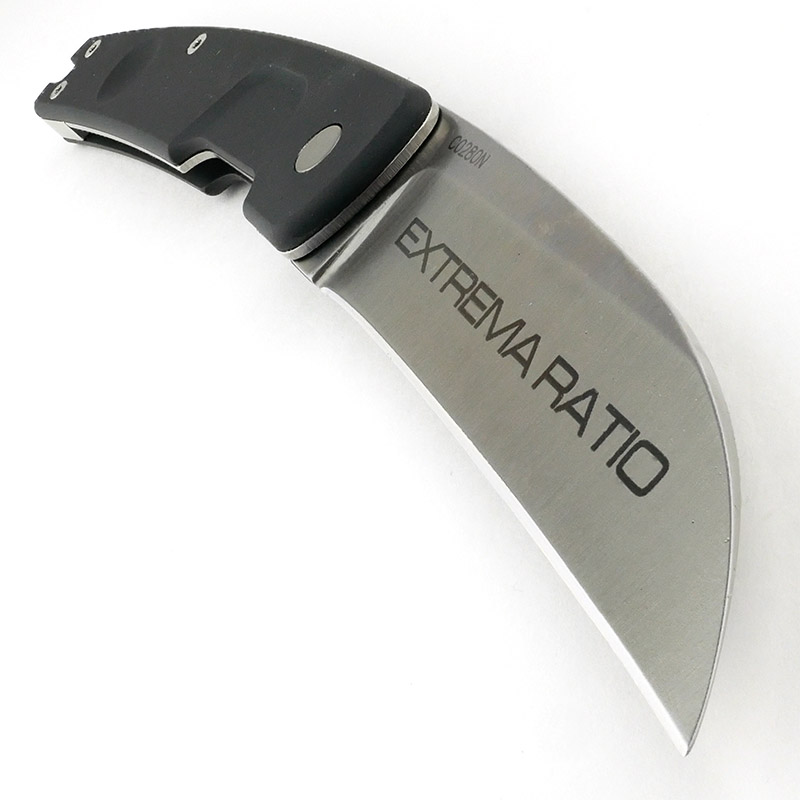Viper TURN a Detailed Review – The TURN is a folding knife designed by Fabrizio Silvestrelli, blending tradition, practicality and modern construction techniques. We’ll also be seeing how, in this Viper TURN Review how distinctively ‘Viper’ this knife is. The TURN’s blade is Böhler M390 steel and described by Viper as having ‘a bold counter-bevel’ on the satin finish blade. A double stepped-cone thumb-stud allows easy opening with either hand. Unusually for a back-lock, TURN uses ball bearings for the pivot to ensure a smooth and fluid rotation of the blade. This Viper TURN review features the Essential G10 version that includes a deep-carry titanium pocket clip.
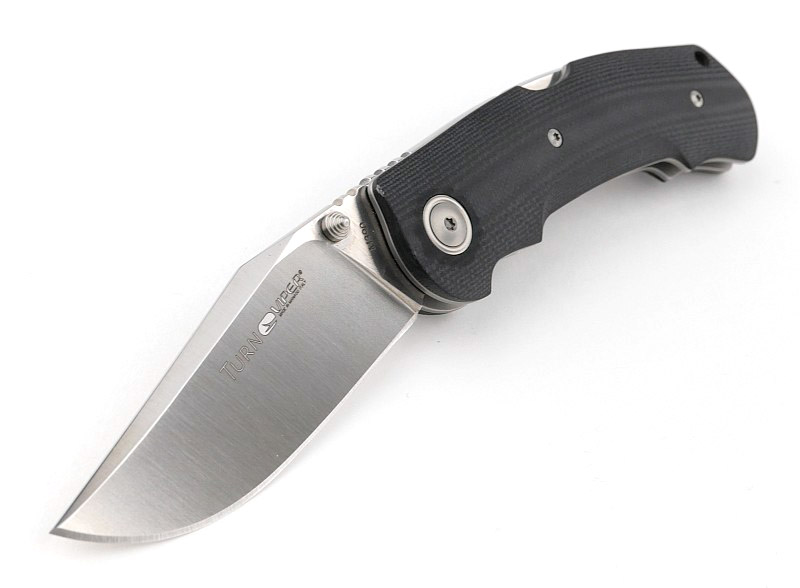
What’s in the box?:
Or should that be ‘Where is the box?’. As mentioned in the video, this was a display knife at IWA 2024 so is being reviewed without any of the normal packaging. So here it is in a bag, and not in a bag!
A good look round the closed TURN – Things to look out for here are:
Being the ‘Essential’ model, there are no bolsters, instead the handle material covers the entire side of the knife. Around the pivot bolt is an extra washer detail. A singe position deep-carry titanium pocket clip is fitted in a tip-up right-handed location. The polished lock bar has grip grooves on the release ‘button’ and thumb grip jimping at the other end. Full length stainless steel liners provide the main structure. A pair of stepped-cone thumb-studs make the blade opening ambidextrous.
A good look round the open TURN – Things to look out for here are:
Swinging open that gloriously wide blade, and as we open it you see the lock bar action in operation. Thumb grip jimping spans the lock / blade contact point forming the clean ‘H’. Very stylish contouring of the G10 handles creates a grip shaping your fingers will settle into. That ‘bold counter-bevel’ is something I would describe as an elongated harpoon style swedge, and bold it certainly is.
The Blade and Handle – Detailed Measurements:
For full details of the tests and measurements carried out and an explanation of the results, see the page – Knife Technical Testing – How It’s Done.
The blade is made from M390 steel.
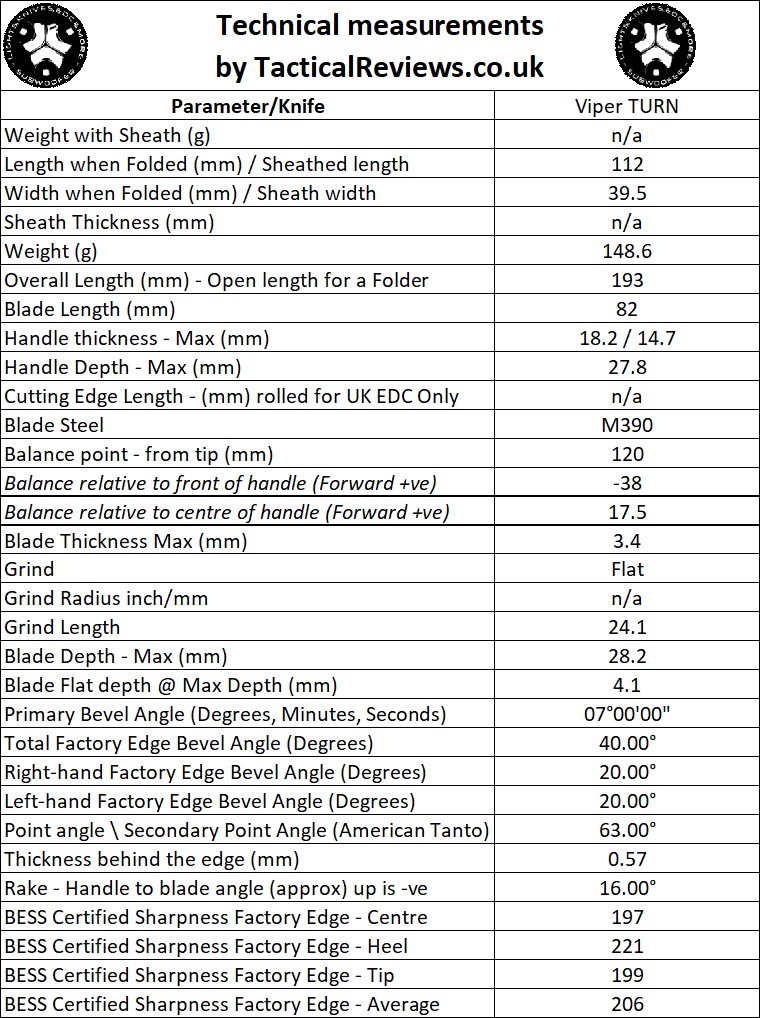
The Factory edge up close:
Followers of Tactical Reviews will know my views on factory edges, but to recap:
Anyone using a knife will need to sharpen it. That first factory edge is just like the first tank of fuel that a new car comes with (or first charge of the battery).
A good factory edge is a ‘nice to have’ but not a ‘make or break’ for a good knife, as you will be putting your own edge onto it soon enough.
The factory edge does however indicate the care a knife maker has put into the final finish.
It is for this reason Tactical Reviews measures factory edge sharpness and specifications, and includes this information in the detailed technical testing.
As a further look at the factory edge, this section has been added to include some high magnification photos of the factory edges.
What is it like to use?
Viper describe the blade as having ‘high bevels’, and indeed it does, in fact verging on the full-flat grind apart from that bold swedge. It is an excellent blade geometry for eager slicing and the TURN is indeed a very efficient cutter.
I’d classify it as a mid-sized folder, large enough for most ever day jobs, and small enough to be easy to carry.
Viper’s stepped-cone thumb-stud has drawn blood on previous occasions on other knives, and could easily do so again. They are a bit on the sharp side and it is when I’ve had hardened skin on my thumb (from too much knife opening) that the cone shape has punctured/cracked this skin and I’ve ended up bleeding over the knife. Grippy these thumb-studs are, but also high pressure.
This might be the ‘Essential’ version of the TURN, but it is still lovely to look at. The blend of a traditional back-lock folder layout with a modern, efficient, cutting blade profile, using high performance materials and features that increase its usability is spot-on.
Viper’s signature polished spacer and lock bar contrast with the bead blast liners and black G10, giving the TURN a distinctive and stand-out look.
If I had to pick one position for the pocket clip, it is exactly where Viper have positioned it. Tip-up, right-handed; it is going to be best for the majority, and for the left-handed it only needs one small adjustment before opening.
The near-full-flat grind makes the TURN a fantastic slicer, and with great control too. The relatively wide blade adds to stability during cutting, so it is a real pleasure to use.
Review Summary – Viper TURN Review
The views expressed in this summary table are from the point of view of the reviewer’s personal use. I am not a member of the armed forces and cannot comment on its use beyond a cutting tool or field/hunting knife.
Something that might be a ‘pro’ for one user can be a ‘con’ for another, so the comments are categorised based on my requirements. You should consider all points and if they could be beneficial to you.
_______________________________________________
What doesn’t work so well for me
_______________________________________________
Thumb-stud a bit ‘sharp’.
Single position clip.
Potential hot-spots on the grip.
_______________________________________________
Things I like
_______________________________________________
Excellent fit and finish.
M390 blade steel.
Classic Back-Lock.
Super-smooth blade action.
Ambidextrous opening.
Powerful slicing geometry.
Deep-carry pocket clip.
Premium satin blade finish.
Refined style.
Review Videos
Starting with a short format sixty second review:
Onto a full video review covering many more details:

Discussing the Review:
Something new – will it work? A Tactical Reviews Subreddit.
TacticalReviewsChat on Reddit
Please visit there and start/join the conversation.
